
THIS WEBSITE CONTAINS IMAGES OF TOBACCO. PLEASE LEAVE NOW IF YOU ARE UNDER THE AGE OF 18 YEARS OLD. PLEASE NOTE WE DO NOT SHIP TOBACCO PRODUCTS TO THE USA OR THE EUROPEAN UNION.
Confirm Age & Enter SiteA well-balanced dram of whisky is the perfect companion in the evening. Why not experiment with this age-old friend and try something new? We’re not suggesting that anything can quite beat a neat whisky, but after all, it is Christmas.
It doesn’t matter if you’re more inclined to a smoky blend or find yourself to be more enticed by floral and creamy flavours, it all comes down to personal preference – which is why we have chosen such a wide array of whisky cocktails for you to try over Christmas.
Take a look through our exquisite collection of cocktails to keep your potential dinner guests perfectly entertained in the evening. If you’re in need of some key ingredients, you can find our specially selected Scotch whisky on our online store.
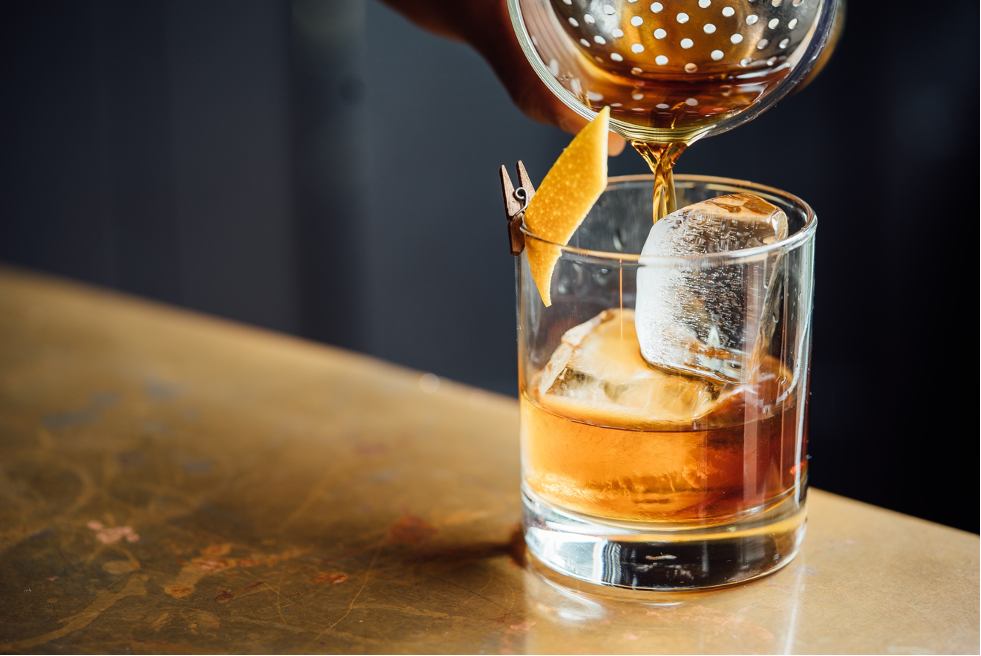
We’ve decided to save you from scrolling if you already know what you’re after. The Old Fashioned is a favourite throughout time and should always be included in Christmas cocktail menus.
1 teaspoon of sugar
A dash of Angostura bitters
A splash of water
2 shots of whisky
A slice of orange
Optional ingredients:
Soda water
Maraschino cherries
Step 1: Combine the sugar, bitters and water in a mixing glass.
Step 2: Mix the ingredients until the sugar has dissolved.
Step 3: Add ice and pour the whisky over while still stirring.
Step 4: If you would like to add soda, you can do this while continuing to stir the cocktail. Step 5: Pour your cocktail into a tumbler and garnish with an orange slice and some maraschino cherries.
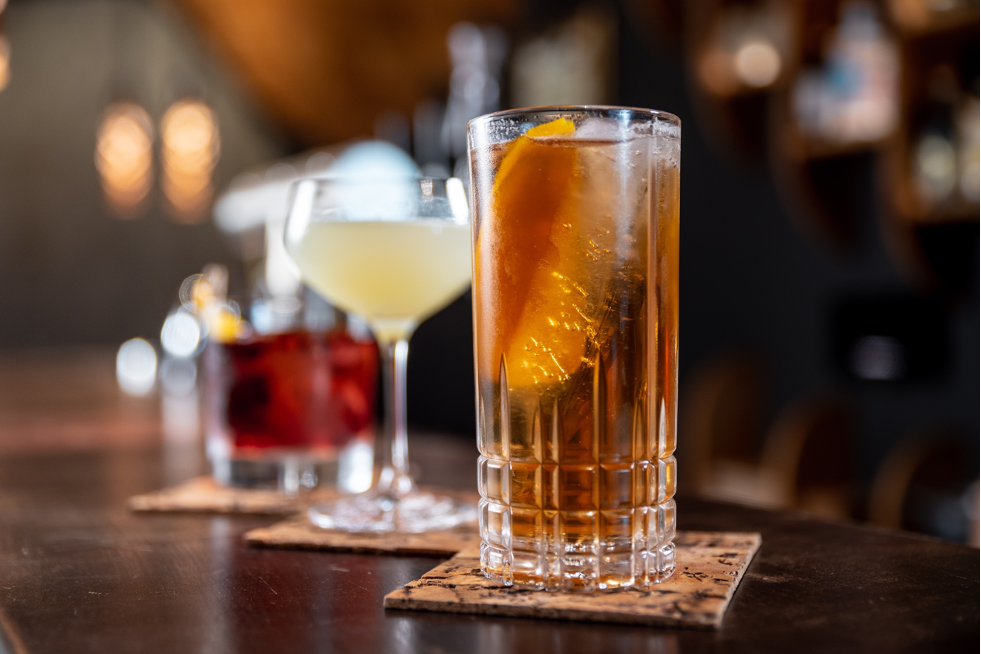
If you’re after a simple, refreshing cocktail than we recommend this quenching cocktail. The John Collins cocktail is another classic and the perfect pick-me-up.
1 shot of whisky
2 tablespoons of lemon juice
2 teaspoons of sugar
Soda to top
A slice of orange
Optional ingredients:
Maraschino cherries
Step 1: Fill your mixing glass with ice.
Step 2: Pour whiskey into the mixing glass, then add the lemon juice and sugar.
Step 3: Stir until the sugar has dissolved.
Step 4: Top with soda.
Step 5: Pour into a highball tumbler glass and garnish with a slice of orange and some Maraschino cherries.
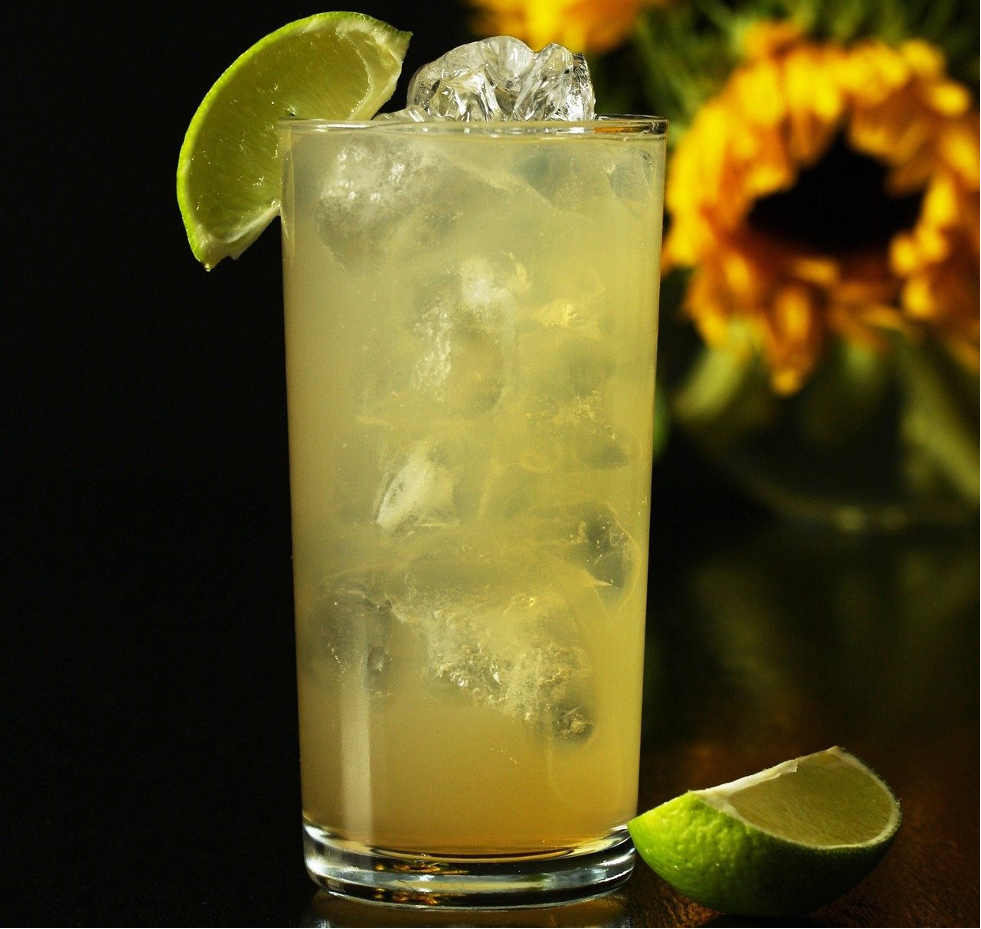
Another refreshing drink, the spices from the ginger compliment the warmth of the whisky – a winning combination for the festive season.
This easy to remember cocktail can be whisked up in no time without the laborious task of acquiring various ingredients.
1 shot of whisky
Ginger ale to top
Optional ingredients:
Lime wedges
Step 1: Fill your glass with ice.
Step 2: Pour whisky over the ice.
Step 3: Top up with ginger ale and garnish with lime wedges.
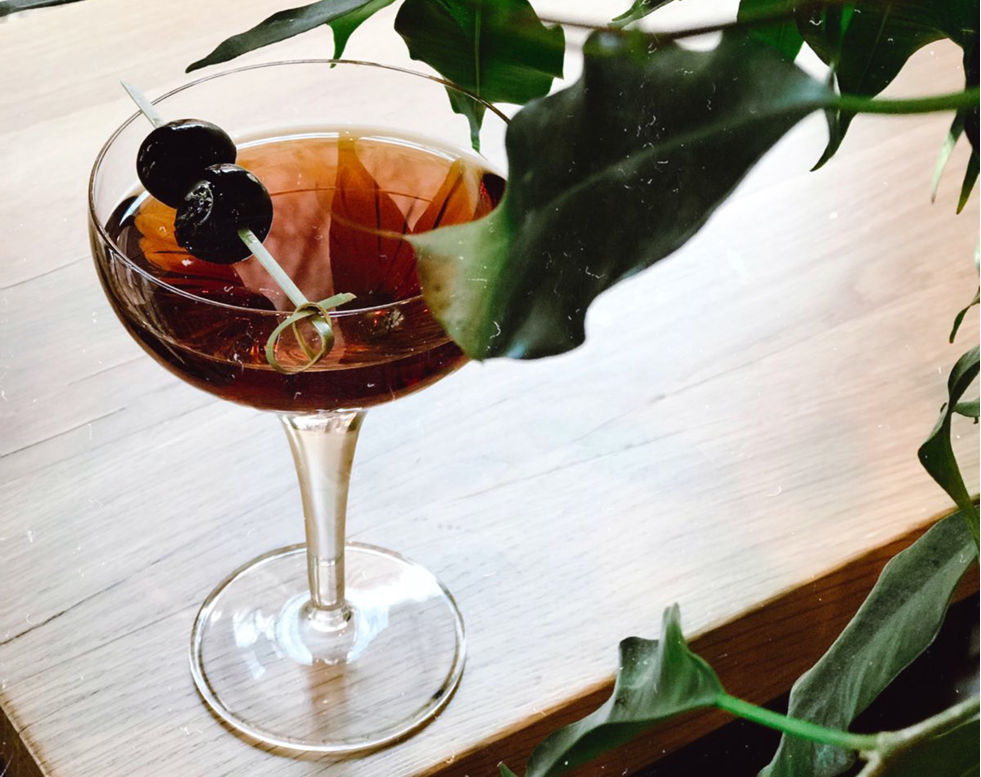
A bitter, sweet and boozy glass of goodness, the perfect drink for Christmas. We couldn’t resist including this cocktail, and we’re sure you won’t be able to once you’ve tried it!
1 shot of whisky
1/2 A shot of Rosso Vermouth
1 teaspoon of syrup from a jar of maraschino cherries
2 dashes of Angostura bitters
Maraschino cherries
Ice
A slice of lemon zest
Step 1: Combine whisky, Angostura bitters, Rosso Vermouth, syrup and ice in a mixing glass and stir together.
Step 2: Strain and pour the mixture in a glass.
Step 3: Grab the lemon zest. Make sure the shiny side of the skin is facing the glass and twist the zest as if wringing a cloth. The lemon zest should spray the glass with the scented oils.
Step 4: Garnish the cocktail with the lemon zest and a maraschino cherry.
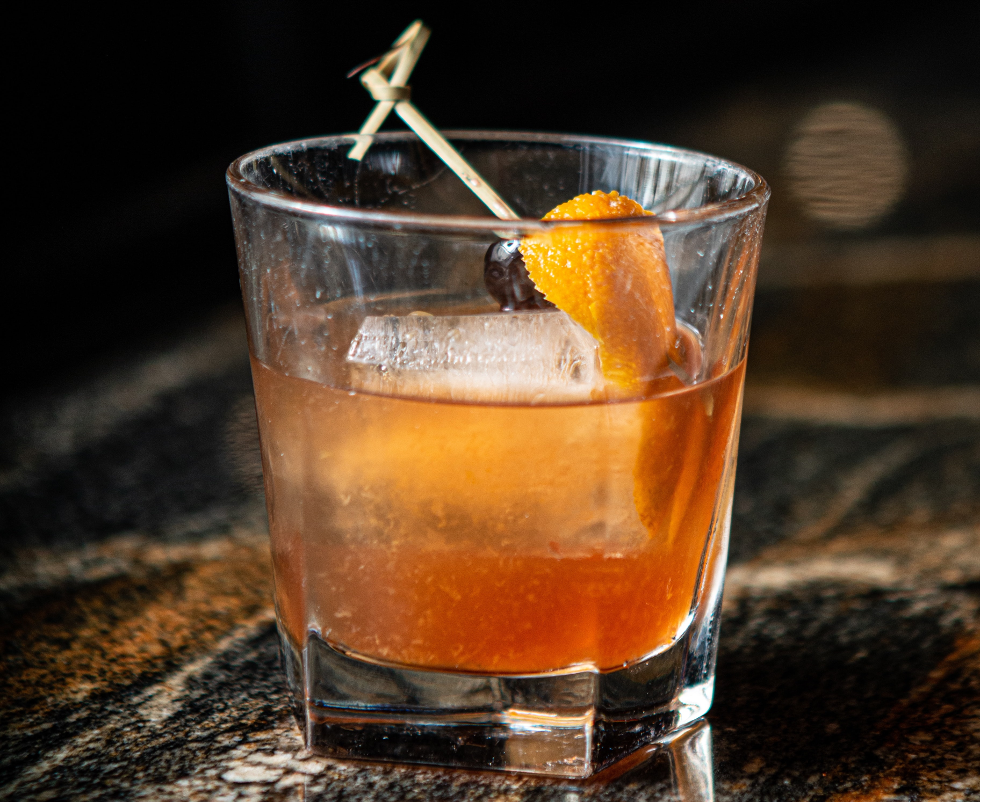
This sweet and sour cocktail is a sophisticated drink with a sharp edge. For the festive season, we’ve provided an adapted recipe to get you feeling festive.
A shot of whisky
1 tablespoon of lemon juice
1 tablespoon of orange juice
1 tablespoon of agave
1/2 A teaspoon of honey
A slice of orange zest
A slice of orange for garnish
A Maraschino cherry
Step 1: Combine the whisky, lemon juice, orange juice, honey and agave in a cocktail shaker.
Step 2: Seal the shaker tight and give the cocktail a shake.
Step 3: Fill the sour glass with ice.
Step 4: Strain the cocktail while pouring it over the ice.
Step 5: Grab the orange zest. Make sure the shiny side of the skin is facing the glass and twist the zest, as if wringing a cloth, over the drink to spray it with the scented oil spray.
Step 6: Garnish with a slice of orange and Maraschino cherry.
If you’re after something a bit warmer to sip on over Christmas, you can have a look at our 4 Hot Cocktails for Winter. Each recipe also includes some warm whisky to keep away the cold.

When winter evenings start to crawl in early, there’s nothing more tempting than a cigar in one hand, and a whisky in the other. Take comfort in knowing, the frosty bite of the air is locked away as you take a smokey sip of indulgence.
With a chill in the air, we’ve been compiling an assortment of hot cocktails to thaw the frost away. With our recipes at the ready, all you’ll need is your favourite Scotch whisky and a few spices to bring these remedies to life.
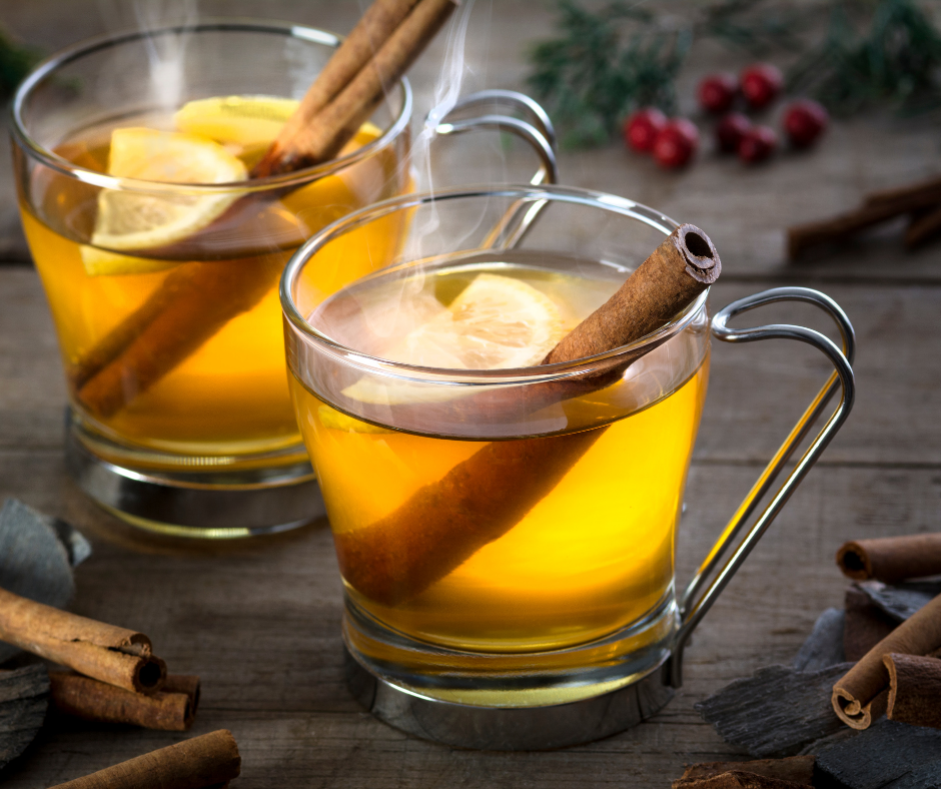
We’re starting with a classic to keep it simple. An all-rounder that’s used for colds and comfort. But we don’t recommend mixing alcohol with over the counter medication, so do bear this in mind.
A simple concoction of favourites. With a twist of lemon and the sweetening of honey, it’s a soothing drink for cold occasions.
180ml of water
A shot of whisky
2 teaspoons of honey, to taste
2 teaspoons of lemon juice, to taste
Lemon slices, garnish
1 cinnamon stick, garnish
Step 1: Bring water to the boil, let it cool for five or so minutes. Pour into a mug.
Step 2: Add whiskey, honey and lemon juice. Stir until the honey has melted into the mixture. Taste and alter according to preference, as you may prefer more of a zing to come through from the lemon, or sweetness from the honey.
Step 3: Garnish and enjoy your Hot Toddy!
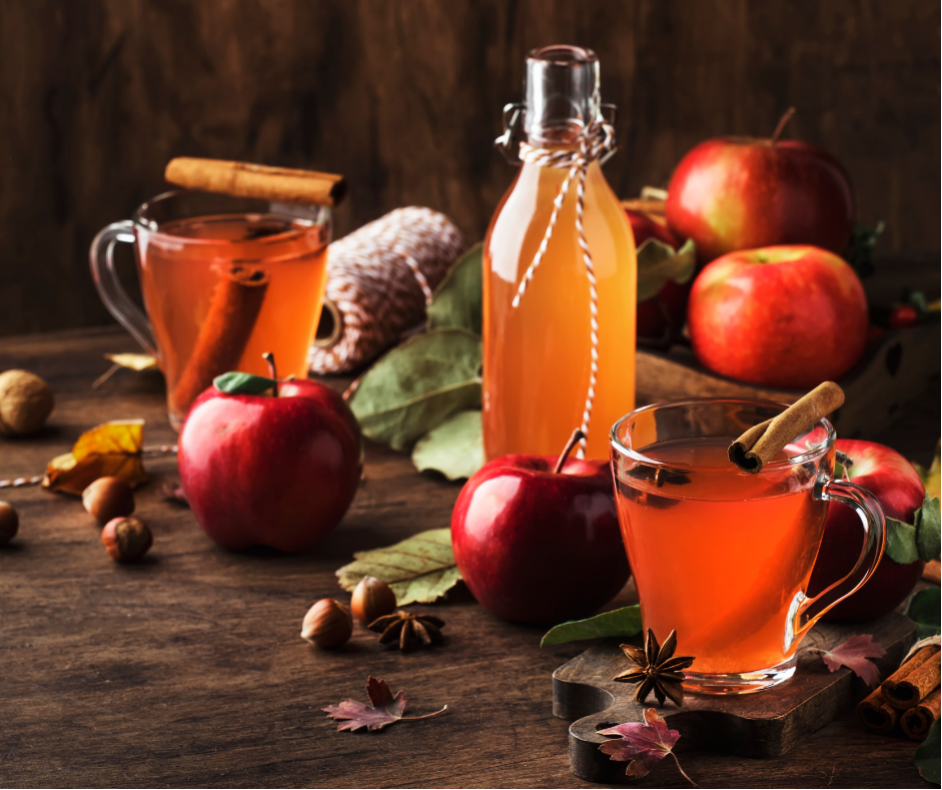
This warming cocktail is like Christmas in a cup. Easy enough to make in batches with only a few simple ingredients, it’s a delight to drink.
500ml cloudy apple juice
2 cinnamon sticks
2 tablespoons of mulling spices
Dash of orange juice
3 shots of whisky
Step 1: Combine apple juice, cinnamon sticks, spices and orange juice in a pan and bring to the boil. Reduce to simmer for ten minutes. The longer the mixture is simmered, the more prominent the flavours will be.
Step 2: Add the whiskey and stir in, it should be added last to avoid burning off any alcohol.
Step 3: Pour and enjoy while still hot!
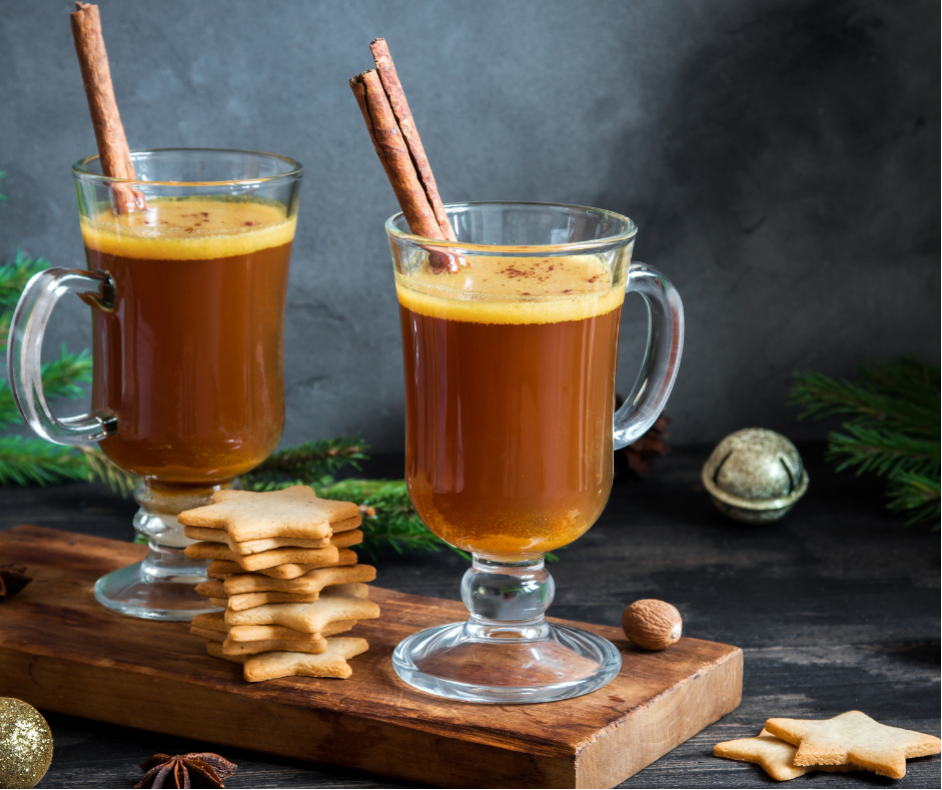
This indulgent blend of spices and smooth butter should be given a try for those cold nights in need of extra comfort.
A shot and a half of whisky
125g of butter, soft
90g of soft brown sugar
30g of honey or agave syrup
1 tsp of cinnamon
Pinch of salt
Pinch of nutmeg
Pinch of allspice
Pinch of ground cloves
Step 1: Combine all the ingredients and mix for a couple of minutes to ensure the ingredients are mixed in together.
Step 2: Using a mould, such as one for ice cubes, pour in the mixture. If you do not have one available, you can use cling film. Pour onto the cling film so it’s about half a centimetre thick and roll into a cylindrical shape. Let it cool in the refrigerator until firm, this can take about an hour or so.
Step 3: If cling film has been used as a mould, cut into small to medium pieces. Adding one piece per mug, pour a shot of whisky over and add hot water. Stir to combine.
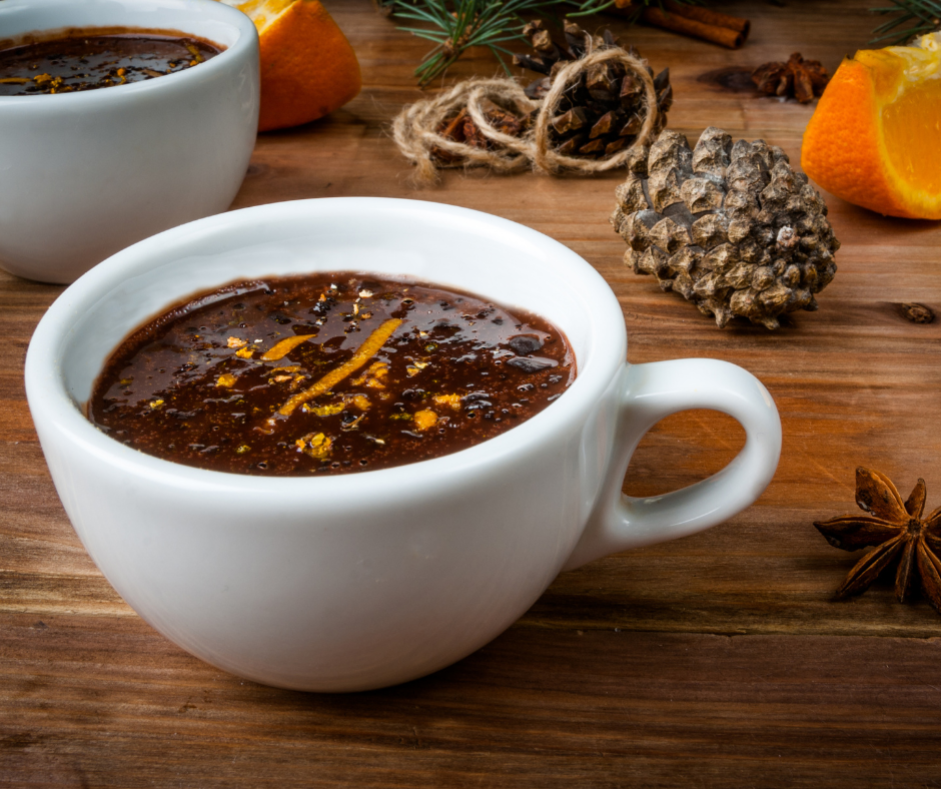
A rich and divine delight for those with a sweet tooth. This creamy concoction with hints of orange zest will have you wanting more.
236ml of milk
Zest of two oranges
¼ teaspoon of ground cinnamon
100g of chocolate, chopped
2 tablespoons of sugar
80ml of water
1 shot of whiskey
Step 1: Combine milk, zest and cinnamon in a pan and heat on low until simmering.
Step 2: Slowly stir in the pieces of chocolate in small batches, stir until completely melted. Add sugar and continue to stir until it has dissolved.
Step 3: Bring to the boil and remove from heat. Add whisky, but be warned this can cause the chocolate to split, so do be careful.
Step 4: Serve and sip with cream if desired.

When it comes to Scotch whisky cocktails, there are few more classic than the Old Fashioned.
The Old Fashioned has survived the test of time by placing the focus on the drink it serves to highlight. While many cocktails mask the taste of the alcohol with fruity juices, sugar or soda, the focus is solely on the whisky in this traditional sip.
To celebrate this iconic whisky drink, we’re sharing some facts about the Old Fashioned!
Somewhat living up to its name, the Old Fashioned is one of the oldest cocktail recipes on record. It is believed to have been created in the 19th Century.
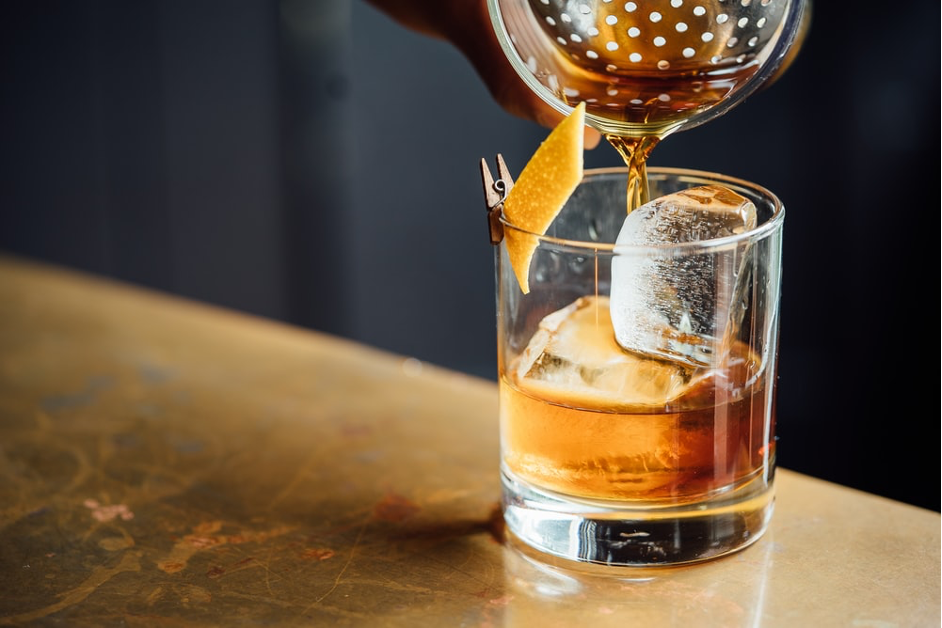
While you may think that oversized ice cubes are just a gimmicky extra for aesthetic reasons, there is actually a scientific basis behind the reason they are used in an Old Fashioned.
When ice has a larger surface area, it takes longer to melt. This means that a large ice cube melts much slower than smaller ice cubes or crushed ice.
The less your ice melts, the less diluted your whisky becomes!
Even though its name suggests otherwise, the Old Fashioned is still very much in fashion. This cocktail is often named the most commonly ordered drink in bars. In 2020, Drinks International even named the Old Fashioned as the best-selling cocktail of the year!
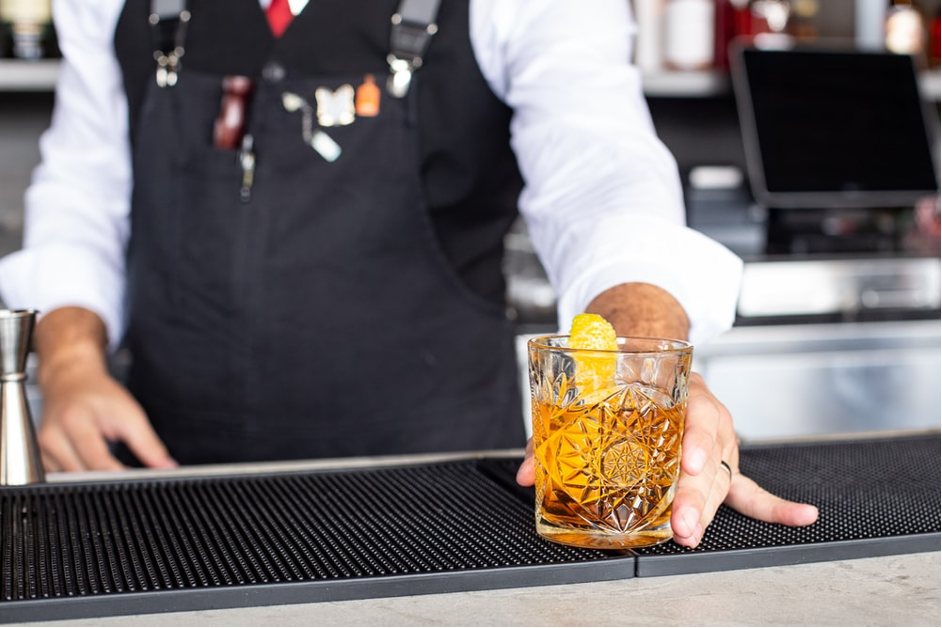
The Watergate Hotel in Washington, D.C., offer up their version of an Old Fashioned for $1,500 – what a bargain!
Their rendition is called the ‘Impeachment’ and contains Pappy Van Winkle 23-year old and peaches that have been macerated in 1995 Chateau d’Yquem Sauternes. If that’s not enough, the drink is poured over hand-cut ice that is covered in gold leaf.
As the story goes, the Old Fashioned was made famous by one Mr James E. Pepper. Pepper’s hometown of Louisville, Kentucky claim that the drink was first invented there. In 2015 they named the Old Fashioned as the city’s official cocktail.
The Old Fashioned has been reinvented many times using many different alcohols. Versions have been created using rum or Port instead of whisky. Without whisky, they’re maybe not a true Old Fashioned, but we do enjoy the variety!
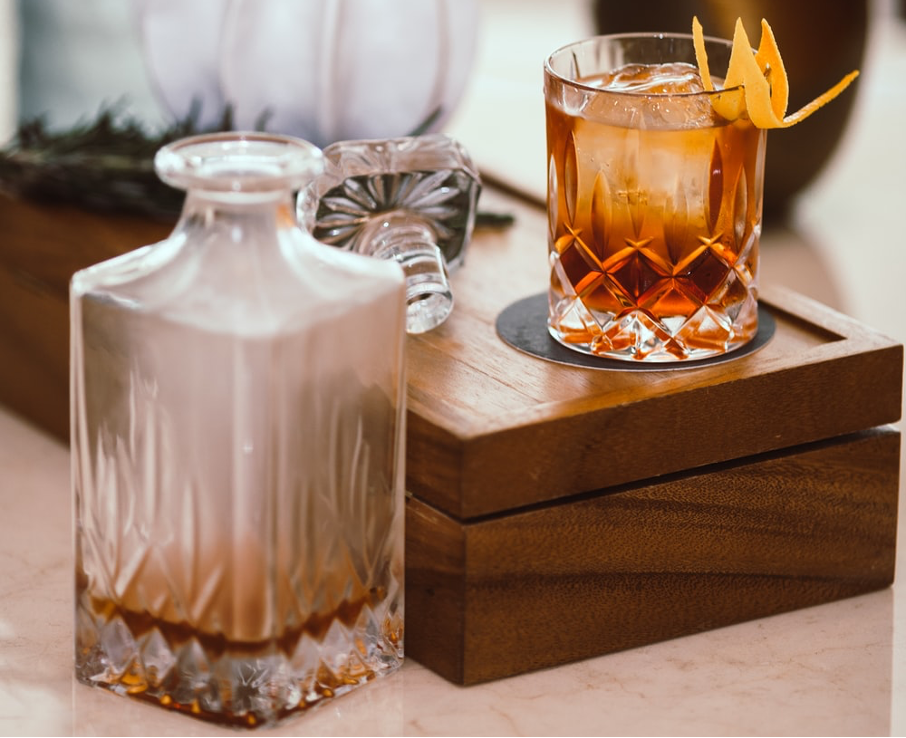
Small extras like a cherry, lemon twist or orange wedge may seem like they won’t make any difference to your drink, they can actually make or break an Old Fashioned.
For example, you should avoid Maraschino cherries, as their overt sweetness can throw the drink off balance. Whereas, a good twist of orange can give the whisky a nice hint of scent without overwhelming it!
If you feel inspired to make an Old Fashioned, then you can check out our range of whisky and other alcoholic drinks available at Havana House for an incredible cocktail experience.

Scotland has long dominated the world’s whisky production, being renowned for producing some of the best malted beverages in the world. But with strong competitors growing from elsewhere in the world, such as Japan, incredible whiskies are continually emerging from global markets.
To celebrate the diverse selections of whisky created globally, we are taking a closer look at some of the types of whisky made around the world – starting with Indian Whisky.
When we talk about Indian Whisky, there are two distinctions, which are crucial to know about before making a purchase.
The definition of whisky is an “alcoholic beverage made from fermented grain mash”. The grain mash is integral to a drink being considered “whisky”.
In India, many drinks that they label “whisky” are actually made with fermented molasses instead. This means that they cannot be classed as a whisky in other countries, despite being known as such in India.
However, despite this, there are still a small number of distilleries that do make “proper” whisky using fermented grains. This means that Indian whisky – in the sense that is recognised worldwide – does exist!
Both Indian grain-based whisky and Indian mollasses-based whisky will be marketed as Indian Whisky, so you’ll need to pay attention to the label if you want to try an Indian single malt!
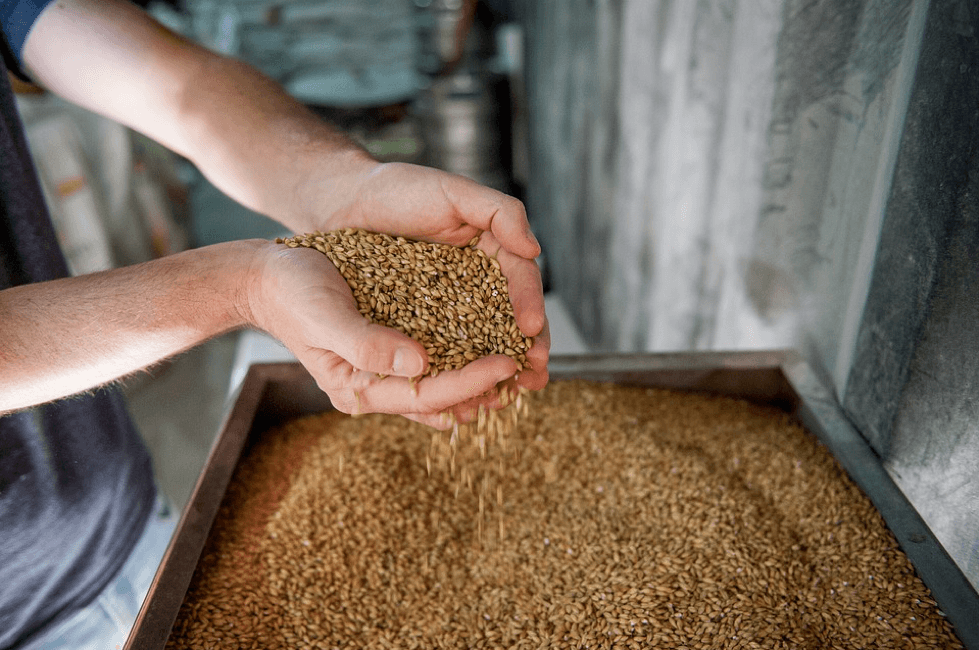
Indian single malt was first produced in 2004, and wasn’t entirely intentional! Amrut, a producer of the traditional style of Indian whisky, created a single malt due to an excess of barley malt that was used as a distillate for the mollasses whisky.
Because there was too much barley malt, it ended up being aged for longer than it normally would be to be used in the production of Indian whisky. To avoid wasting it, the barley malt was turned into a single malt whisky.
The whisky was called Amrut – the brand’s name – and ended up being rated highly by the Whisky Bible. While single malt whisky was not popular for the home market in India, the whisky companies identified single malt production as an opportunity to develop their export market.
Indian single malt has performed well from both a business perspective and in the quality of the beverages that are now enjoyed by whisky lovers around the world.
One of the biggest factors behind this is the climate. Because India is so much hotter than Scotland, it takes less time to make a bottle of whisky!
In fact, it is estimated that around 12 percent of the distillate evaporates each year during the ageing process in India, which is six times more than for whiskies produced in Scotland!
This means that Indian single malts tend to taste a lot more aged than they actually are, for example, a three-year aged Indian Single Malt will taste similar to an 18-year-old Scotch. This allows for the costs of production and sale to be far lower for Indian whisky.
As mentioned, single malt is not so popular in India, compared with their own traditional Indian whisky. As such, the majority of single malt is exported, and available from spirit sellers around the world.
Here at Havana House, we have a collection of Indian whisky to try, with bottles from leading brands, like Amrut.
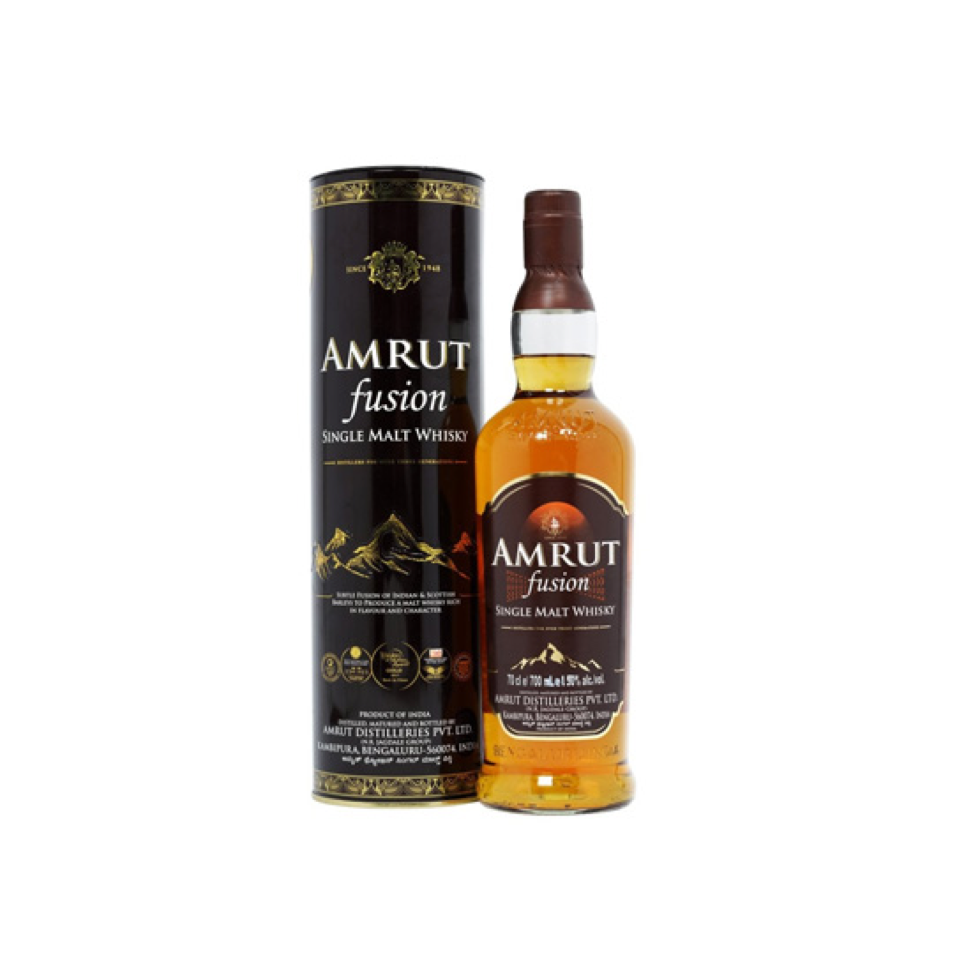
If you want to give Indian single malts a go, then we would recommend Amrut Fusion as a great starting place.
Amrut Fusion is one of the most popular options from Amrut, combining unpeated Indian barley with peated Scottish barley to create this complex whisky. It is rich in taste, with fruity and spicy notes.
This whisky brings the best of Indian and Scotch whisky together into one ‘Fusion’ drink! A perfect introduction to Indian whisky, this option allows you to try these new Indian single malt flavours with a hint of familiarity from the Scotch.
Here at Havana House, we also have a wide selection of Paul John whisky. Paul John is made from Indian malted barley, with some bottles in their range also making use of imported Scottish peat!
Have you tried Indian whisky before – either traditional or single malt? If so, drop us a comment below or on social media with your favourites!
We all like a whisky that has been aged well, but how about a bottle that has spent a number of years under the sea?!
Sunken Scotch is a category of whisky unlike any other – bottles that were once aboard a ship and lost to the sea during wrecks. After an untold time beneath the waves, these bottles are sometimes rescued and tend to fetch a pretty penny at auction.
One of the biggest known sources of shipwrecked whisky comes from the SS Politician. The SS Politician was wrecked in 1941, during WWII, after it ran aground on the rugged rocks of the Outer Hebrides. The ship was intending to sail to Jamaica with a range of trade goods on board. At the time, it was carrying 28,000 cases of whisky – that’s over 264,000 bottles!
With that much Scotch whisky up for grabs around the coasts of Scotland, locals got to work trying to lay claim on the whisky, with many bottles being recovered by nearby islanders. Some bottles washed up on beaches, while others were dived for.
One problem that arose for officials after the wreck was that, not only had a ship and lots of trade goods been lost, but no one had paid the duty tax on the whisky.
Authorities were sent to local villages to try and recoup some of the recovered whisky bottles, and to charge those who had ‘stolen’ them from the water! In an attempt to end pilfering from the ship, the hull was blown up, with the intention of fully sinking the ship and destroying all of the whisky.
The ensuing saga has been immortalised by the novel Whisky Galore (and subsequent film adaptations), which is based on the events.
In 1958, it was announced that 211,267 bottles were accounted for, meaning that there are still tens of thousands of whisky bottles still out there in the sea!
Many of the bottles available at auction come from the dive that took place in 1987, 46 years after the wreck. George Currie and a small team of divers located the wreck of the ship – he says, by luck – and were able to recover five intact bottles of whisky.
Over the years, a few bottles of this whisky have gone to auction. In September 2020, George Currie’s recovered bottle was sold at auction for £9,200.
The bottle was deemed unsafe for human consumption, but this whisky is a fascinating part of whisky history, so is sure to make for an exciting addition to someone’s whisky shelf!
Back in 2013, a pair of whisky bottles from the SS Politician were sold at auction for £12,050. The interesting thing here was that no one really knew what they were buying! Due to their time under the water, neither bottle had a label, so there was no indication of what kind of whisky it was, or how old it was.
In 2018, a half-bottle of whisky, salvaged from the wreck was sold for £2250. The whisky in question was a bottle of Ballantine’s whisky that was rescued from the sea by a diver in 1989.
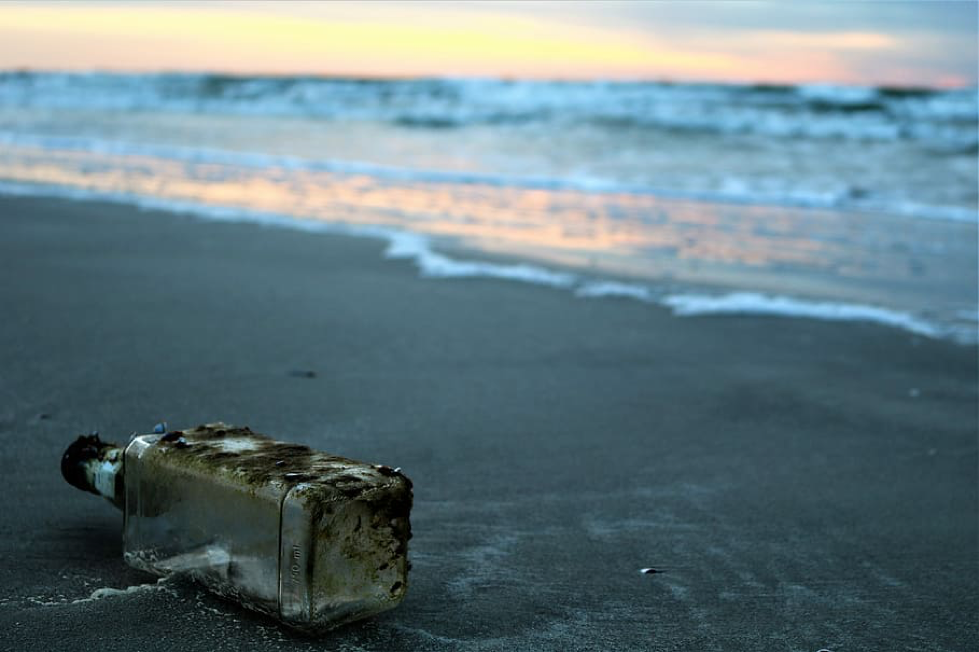
Another exciting sunken Scotch find came from the wreck of the SS Wallachia, a ship that sank in the Firth of Clyde in 1895.
The steamship was en route to the West Indies from Glasgow with whisky and gin aboard. Unfortunately, it didn’t get very far before it was rammed by a Norwegian steamer and sunk.
The SS Wallachia lay 100ft underwater for almost a century before divers found it in 1980. Hundreds of bottles of whisky and beer were found in the ship’s hold.
A number of bottles from the SS Wallachia have been recovered and sold at auction over the years. The SS Wallachia bottles tend to be in varying states of fullness – with some having suffered the loss of whisky to the ocean over the time it spent in the water.
In 2017, a bottle of Robert Brown whisky that was pulled from the wreck during the 1980 diving expedition was sold for £1009. This bottle was in pretty good condition considering it was 122 years old, with much of the whisky still in the bottle.
Back in 2016, seven bottles of Scotch from the SS Wallachia wreck were also put up for auction. These bottles had been taken from the wreck during a dive in 1988.
However, this collection of bottles were in less good shape, with none of them being more than half-full of whisky. They were also greatly discoloured during their time in the sea and were not suitable for human consumption. These only sold for a few hundred pounds.
In 2011, a full bottle, that still had an intact seal was sold for £580, while a pair of half-full bottles were sold for £180.
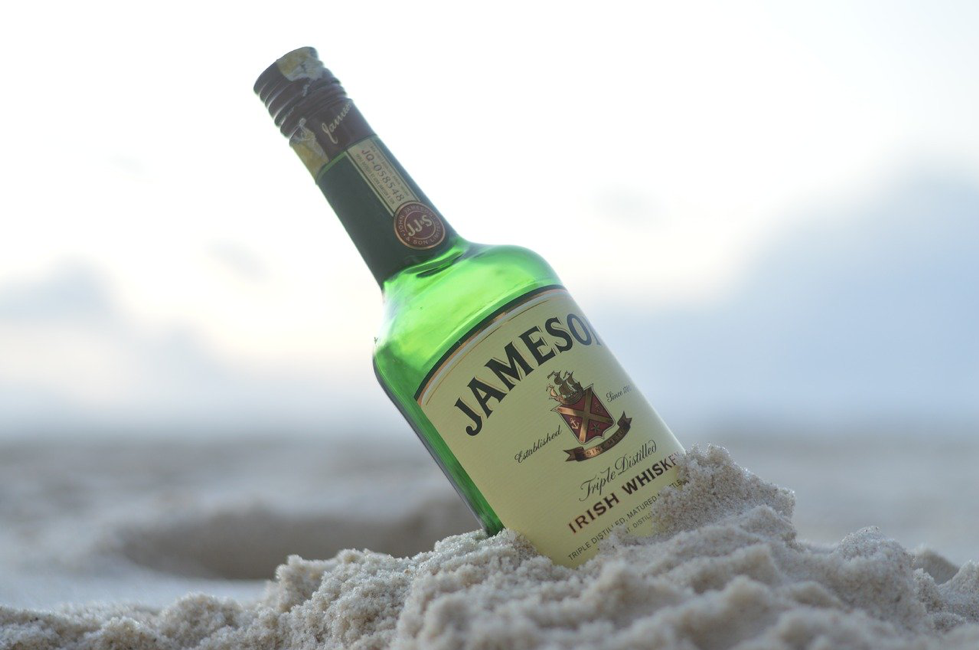
While it can be fascinating to own a piece of whisky history, it is clear that prices do suffer when the bottle is less than full, or damaged in some way.
Throughout history, there have been many more shipwrecks with whisky on board, so we’re excited to see what the future will bring in terms of sunken Scotch finds!
When it comes to alcoholic beverages, whisky can be one of the hardest to get into. This isn’t because it doesn’t taste great, but because, generally speaking, a decent bottle of whisky is going to cost a great deal more than a decent bottle of wine, and many people are reluctant to commit to such a cost when they’re not sure which whisky they will enjoy.
Here at Havana House, we’re all about whisky and love nothing more than a good glass of Scotch alongside our cigar. We’d love for more people to be able to enjoy the wonders of whisky and to be able to choose a bottle that’s right for them.
To help achieve this, we have compiled a complete guide to whisky – from the very basics right through to how you can enhance your dram or invest in the whisky industry! Everything you need to get sipping is right here in this guide.
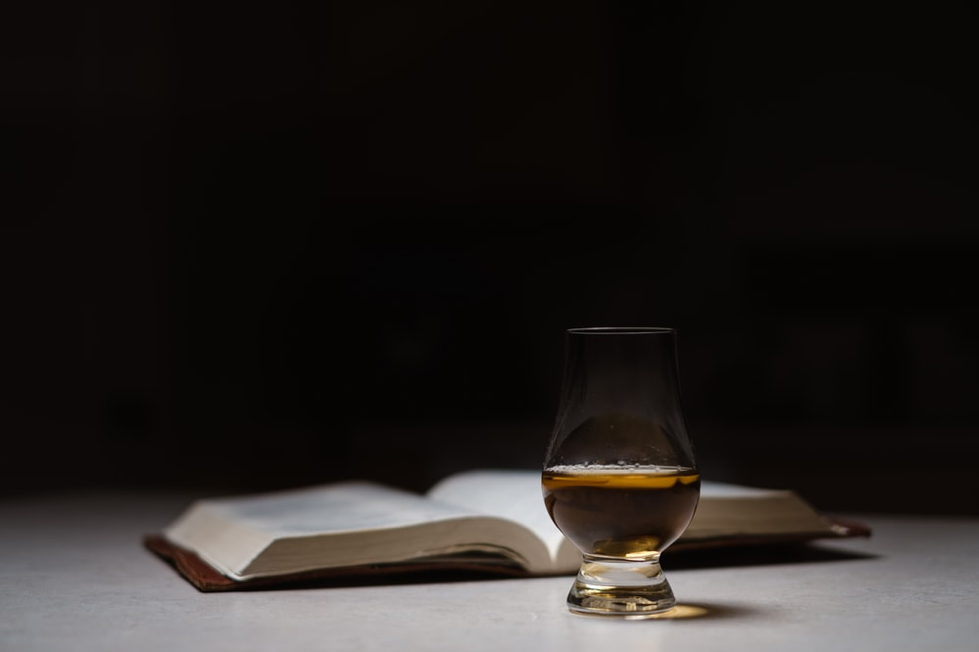
What better place to start than at the beginning, with the basics about whisky!
Whisky is a distilled alcohol made from a grain mash that has been fermented. Commonly, barley, rye, wheat or corn will be the grains used. The beverage is usually aged in a wooden cask, which enhances its flavour. It is then bottled and enjoyed as a sipping drink or in cocktails.
Next, we’ll answer one of the most common points of confusion when it comes to whisky – is it spelled whisky or whiskey? Simply put, the inclusion or lack of the letter ‘e’ in the word whisky/whiskey is down to regional variations in spelling.
If you’re buying ‘whiskey’ from Ireland or America, then it is whiskey with an ‘e’. If your ‘whisky’ comes from Scotland, Canada, Japan (or pretty much everywhere else in the world), then it’s whisky without the ‘e’.
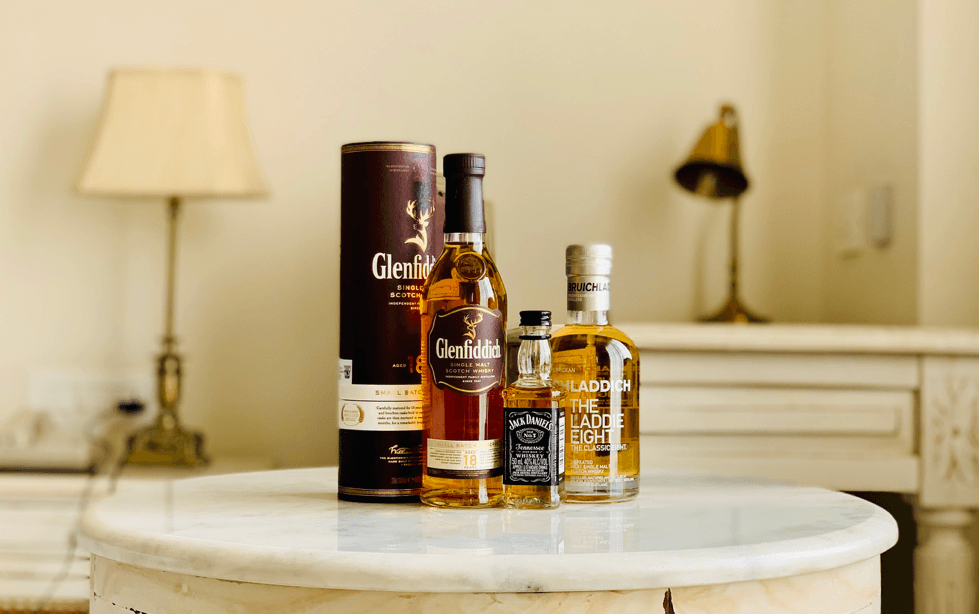
While we’ll explore regional differences in whisky in more depth later in the guide, it is important to understand the main types of whisky available.
Malt whisky is made with malted barley as the key ingredient.
Grain whisky is made using any type of grain, for example, corn, rye or wheat.
These two types can be combined or bottled in a number of ways:
Whisky is produced in many different countries around the world; however, Scotland, Ireland, America, Canada and Japan are some of the more notable producers.
Each country produces whisky with its own distinct flavour. Some countries also have strict regulations regarding the ingredients and production methods used if the whisky is to be labelled as being from that place or type of whisky.
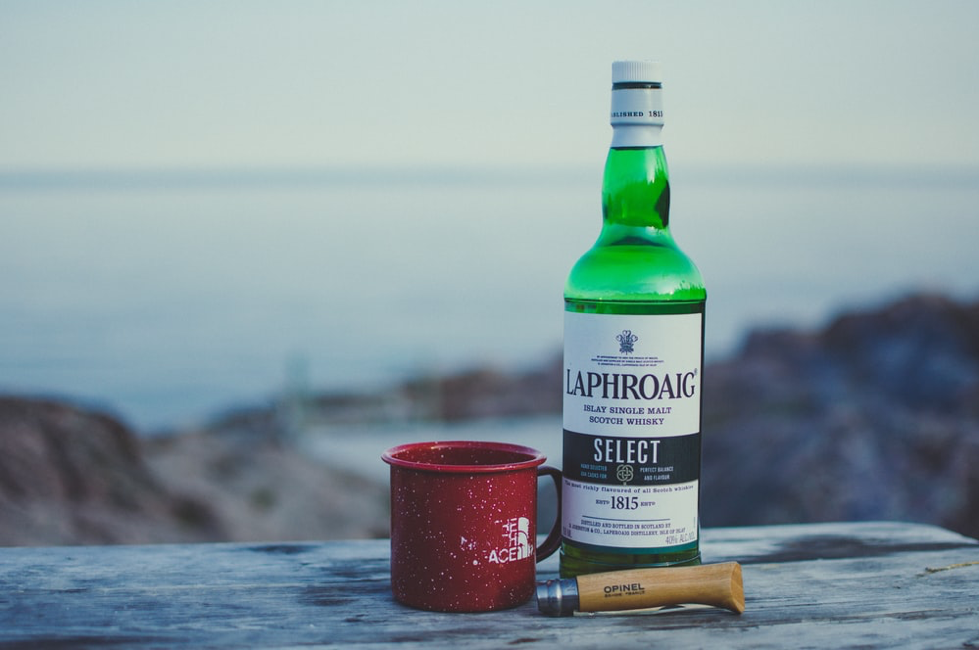
Widely known as Scotch, Scottish whisky is renowned worldwide for quality single malts and blended whiskies.
Whisky is a huge part of Scottish heritage, with over 133 distilleries still operating across six whisky distilling regions in Scotland.
To legally be described as “Scotch”, the whisky must be produced at a distillery in Scotland using water and malted barley. Other whole grains may be added, but the mash must be made at the distillery. The Scotch must also be produced to a minimum alcoholic strength by volume of 40%.
The taste of Scotch will largely depend on the location of the distillery, the casks used and the specific blend of the whisky. For example, smokey, peaty and salty notes can be found in many whiskies distilled on the coast and islands of Scotland, whereas those made inland tend to offer lighter, creamier whiskies.
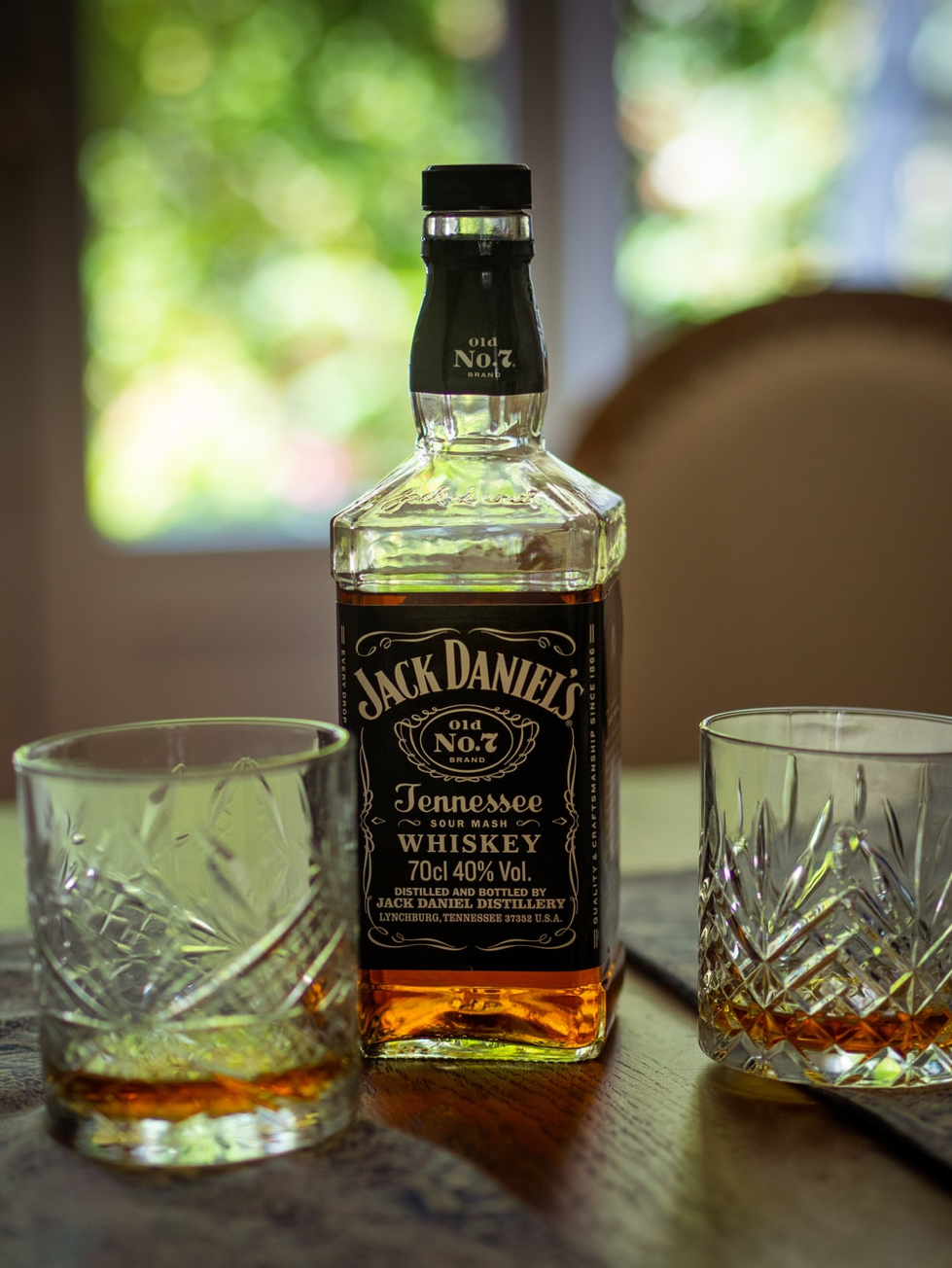
American whiskies are distilled from fermented cereal grain mash. They have a number of types of whiskey, each of which has very specific requirements that must be met to be described as such type.
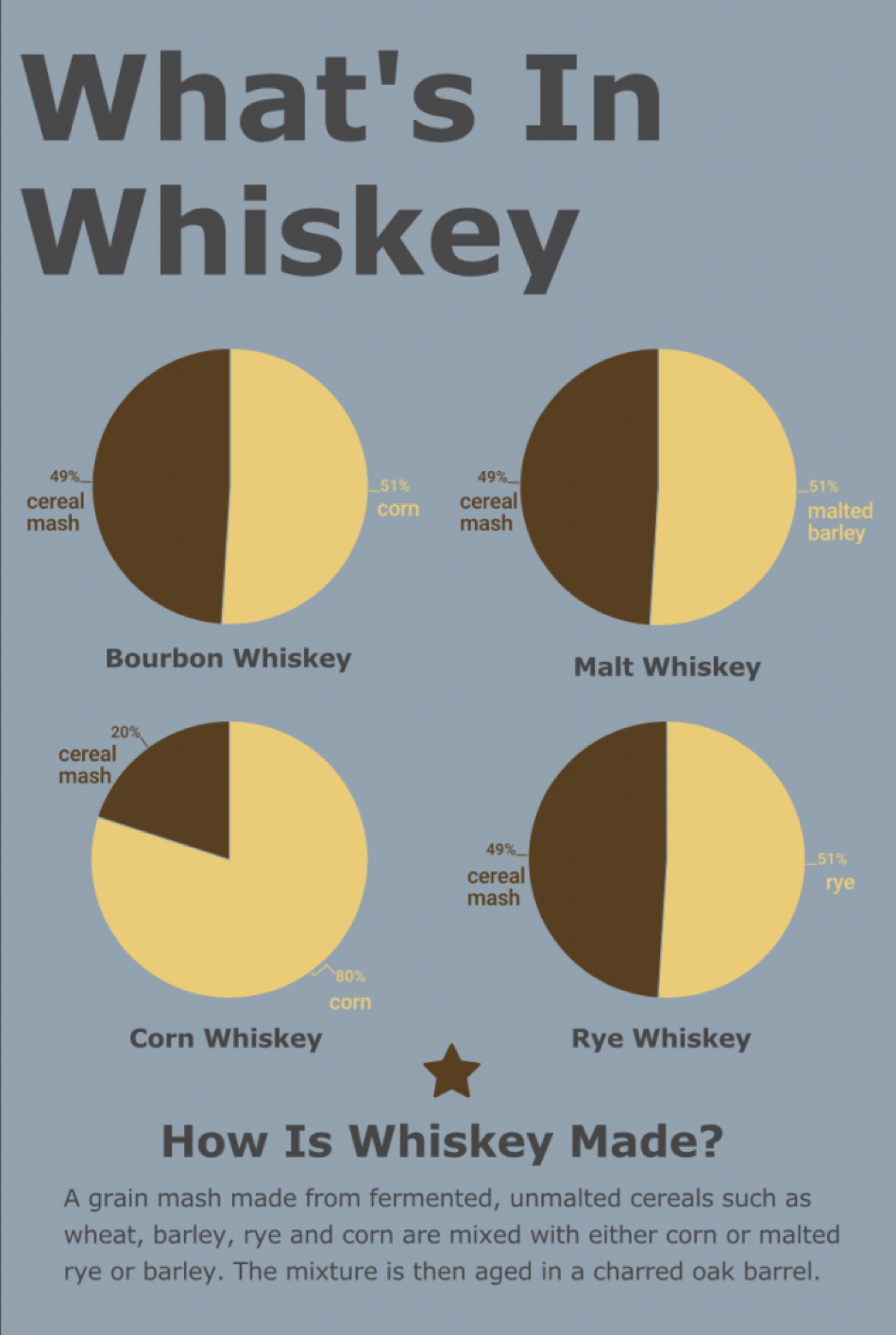
American whiskies can offer diversity in flavour, although you can expect certain flavours depending on the key component of the mash. For example, a Bourbon or corn whiskey will likely offer a sweeter taste, due to the high amounts of corn in the beverage. Whereas, a whiskey with higher quantities of rye will likely offer a slightly spicy hint.
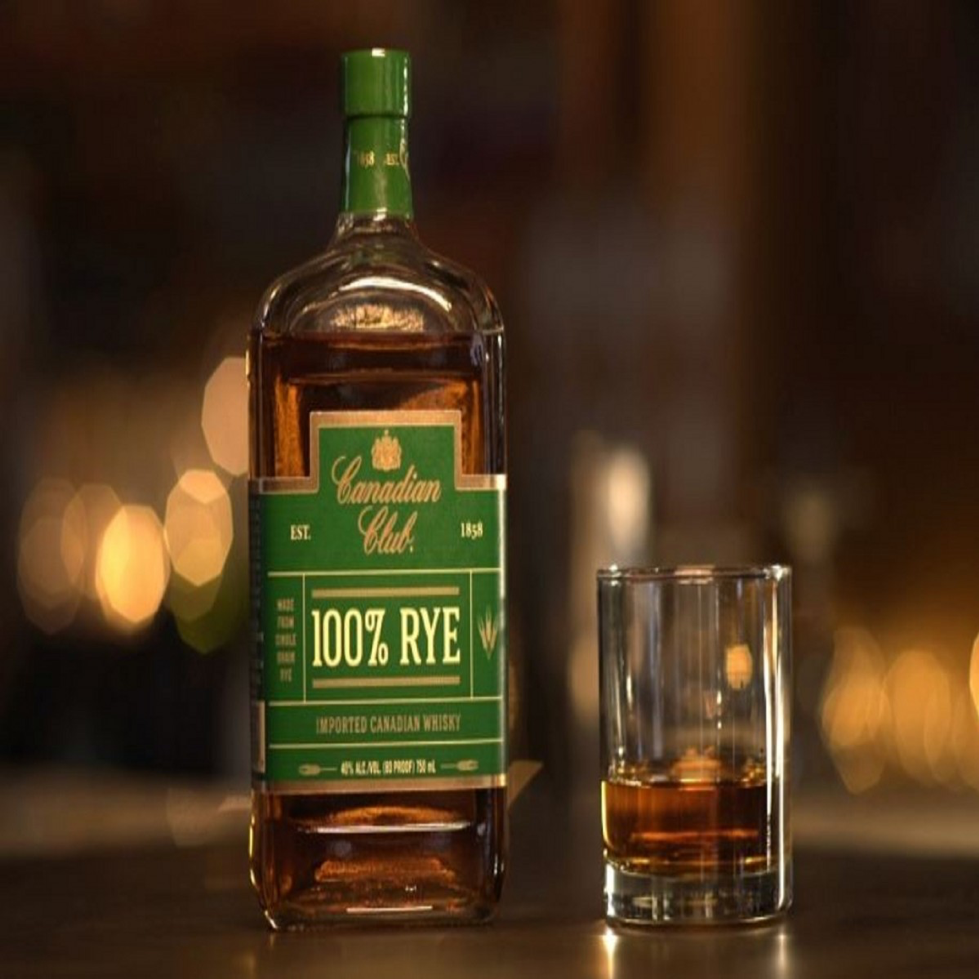
Canadian whisky is typically blended, and made from a range of grains. Often, these grains will be fermented, distilled and matured separately, before being combined during the bottling process.
Canadian whiskies are typically comprised of a base whisky and a flavouring whisky. The base whisky is high strength but not too flavourful, while the flavouring whisky is distilled to a lower strength, but with a stronger flavour. The blend of the two offers the best of both, creating a well-balanced sip.
Rye is a common addition to Canadian whiskies and is used to add spicy notes. In Canada, whisky can be called ‘Rye’ regardless of how much rye it contains – in fact, it can be called ‘rye whisky’ even if it doesn’t contain any rye! On the other hand, there are Canadian rye whiskies that contain 100% rye.
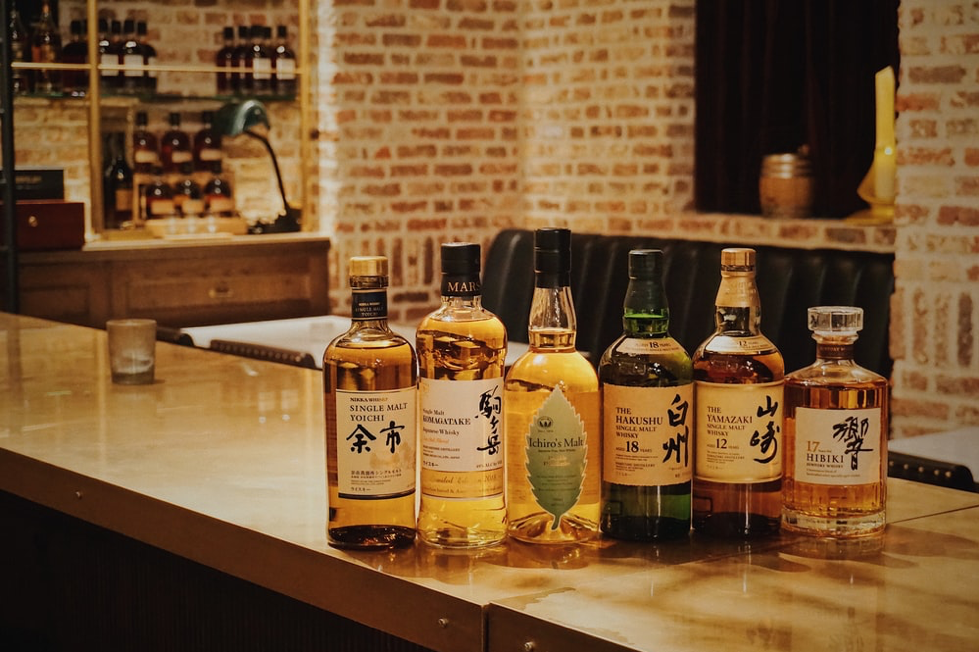
While Japan is a relative newcomer to the world of whisky, it has become one of the best-loved drinks for whisky lovers, with Japanese bottlings regularly picking up awards for ‘Best Whisky in the World’ and similar.
Japanese whisky is greatly inspired by Scotch, with the founder of Nikka Whisky starting off learning the art of whisky-making in distilleries near Glasgow.
Japanese whisky is similar to Scotch, with bold complexities in each sip. It is often served either neat or as a Highball, with the whisky poured over ice with soda and a slice of lemon. In Japan, whisky is often drunk as an accompaniment to a meal.
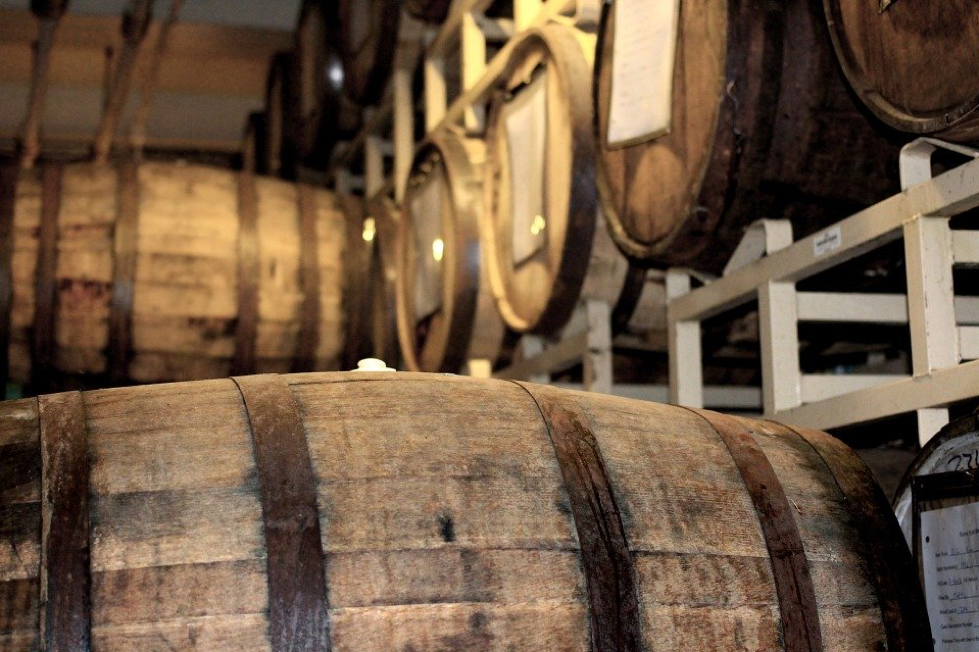
Having learnt about how each country makes whisky, from producing and fermenting a mash to ageing the whisky in a cask, blending and bottling, we can explore the processes a little more.
Casks are a big part of whisky-making. When whisky is aged in a cask, the wood imparts some of its flavour, aroma and colour into the liquid – in fact, around 60% of a whisky’s flavour comes from the cask!
Most whisky barrels will be made from oak, with the wood typically being toasted before use. The toasting of the wood helps to draw out more flavour and can help to soften bitterness while adding spicy, toasty notes to the whisky.
In America, Bourbon barrels will be charred rather than toasted, with the char creating a darker colour and sweeter caramel and smokey taste.
While we have covered the stricter rules of whisky making from each country, regarding the production techniques and grain quantities, this doesn’t mean that every single whisky in the world has to adhere to such rules.
In fact, there are plenty of outright whacky whiskies out there! From strange whisky distilling techniques like playing the whisky hip-hop or sending it to space to using alternative grains like quinoa, sorghum or millet.
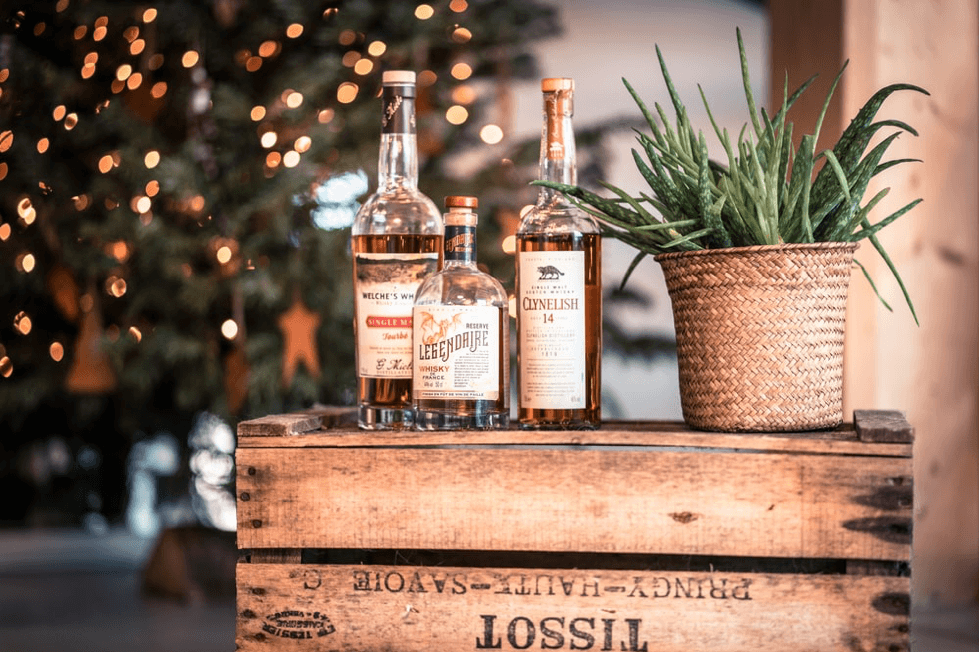
Now you have a better understanding of what each type of whisky is, and the flavours whiskies from different areas offer, you may have an idea of which types you would like to try.
Whether that’s the case or not, there are still a few things to consider when choosing a bottle of whisky.
Do you want a single malt, single grain or blended whisky? This might not have much of an impact on the flavour – a blended whisky can be made to taste very similar to a single malt.
However, when it comes to quality, you may want to be wary. While this is by no means a steadfast rule, blended whiskies may contain lower quality grains with a small amount of high-quality malt or grain to balance out the flavour.
You can probably tell if this is the case from the price point, but check out reviews from other whisky lovers if you want to be sure the whisky you’re interested in is worth it flavour-wise!
When it comes to whisky, the price will often determine the quality. But this will also depend on what you want the whisky for. If you just want to mix it with cola in a cocktail, then a £20 bottle of Jack Daniels can be satisfactory!
But, if you’re looking for a quality dram to sip neat, then you’re likely going to be looking closer to the £70 mark.

If you’re a complete beginner to whisky – or you’ve tried some and aren’t sold yet – then it may be an idea to try out a sweeter whisky.
While it is tempting to start off with a Scotch, which we’ve all heard wonderful things about, the smokiness and peatiness can be off-putting for beginners who are not used to the complex tastes of Scotch.
Instead of jumping in here, you could try an Irish or American whisky, which tends to be sweeter, with fruitier notes.
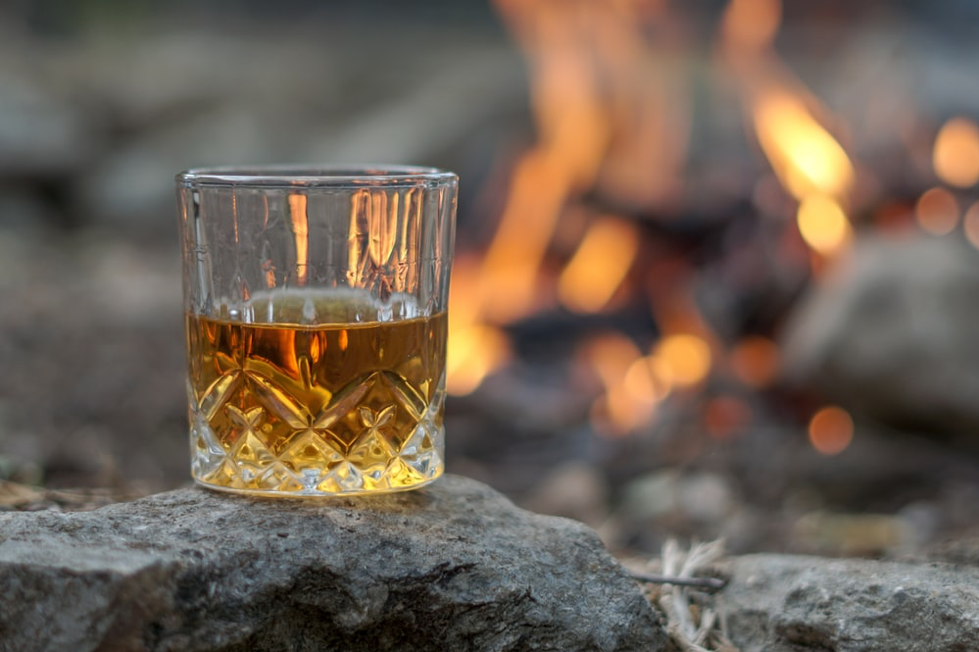
Once you’ve chosen the whisky you want to try, or have established a few bottles you enjoy, then you can work on ways in which to enhance the whisky drinking experience.
As a popular drink for hundreds of years, there have also been lots of myths and misconceptions about how whisky should be enjoyed, which we will be dispelling here too!
Something that has divided whisky lovers for many years is whether or not the spirit should be enjoyed with water. We’re not talking fully diluting a shot of whisky with a glass of water, but rather simply adding an actual drop or two to the whisky.
It is argued that by adding a drop of water, the flavour and aroma of the whisky can be enhanced.
Alternatively, pop an ice cube in, as the coolness can help to reduce the intensity of the whisky; plus, as it melts, it can dilute the whisky too!
Try your whisky in a number of configurations, including with and without a drop of water or an ice cube, and discover which way you like best.
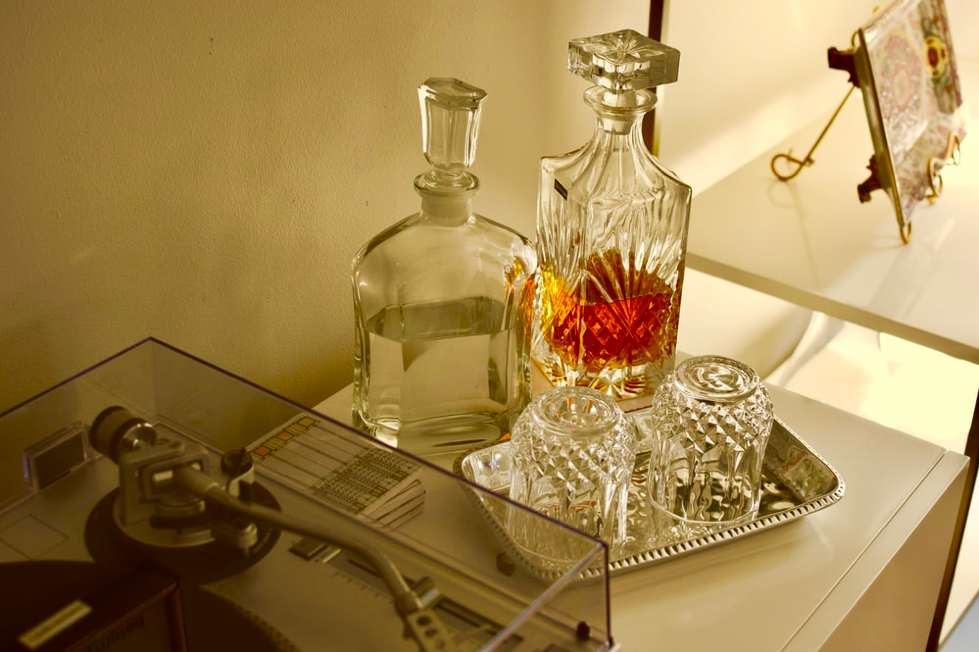
Often, when we see whisky drinking depicted on screen, the character pours themselves a dram from a fancy crystal decanter. While this looks fantastic and can really add a special something to a whisky shelf, the actual practice of decanting whisky is certainly for aesthetic purposes only.
Decanters were originally used when distilleries didn’t bottle whisky; instead, people would fill their decanter straight from the barrel. Now that whisky is bottled properly, decanters are largely redundant.
Some whisky lovers are under the impression that using a decanter will help the whisky to develop in terms of flavour, but this is not the case. Pouring whisky into a decanter will not affect the flavour, unless there is a small amount in the decanter and it is left for so long that oxidisation affects it.
If you are determined to use a decanter for your whisky collection, then make sure it is airtight, lead-free and has a bigger capacity than the bottle you are planning to empty into it!
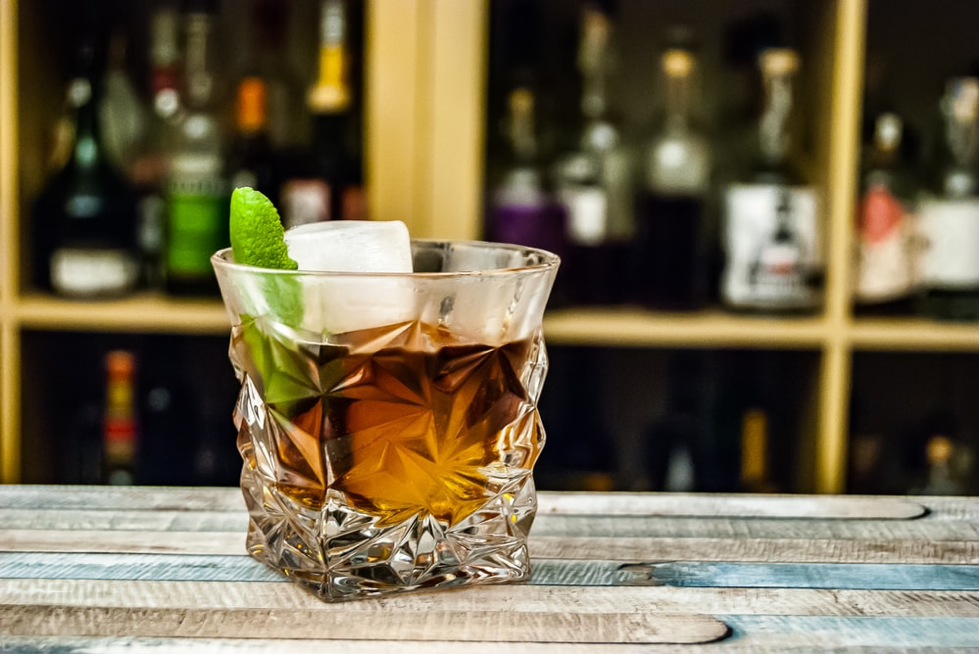
If you’re not enjoying straight whisky, or want to experiment with different flavours, then incorporating whisky into a cocktail can be a great idea. We’ve shared some of our favourite whisky cocktail recipes on the blog before:
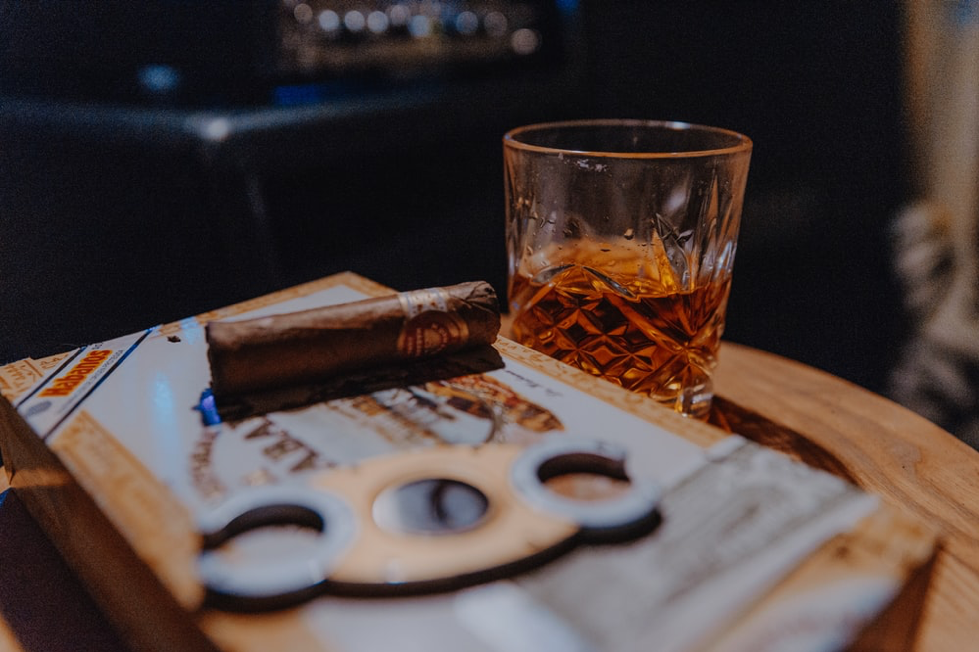
Another way to enhance the enjoyment of your whisky is to try pairing it with another item, like food or a quality cigar!
Pairing involves matching two things together that will complement and enhance the flavours and aromas of each. A good pairing needs to be equally matched in terms of intensity so that one item does not overwhelm the other.
For example, a smokey and peaty Scotch would work excellently with a full-bodied cigar, as the bold flavours of each can easily compete. Likewise, a cigar with notes of spice or dried fruit could pair well with a glass of rye whiskey.
If you’re interested in smoking cigars, then take a look at our Japanese whisky and cigars pairing guide for more suggestions.
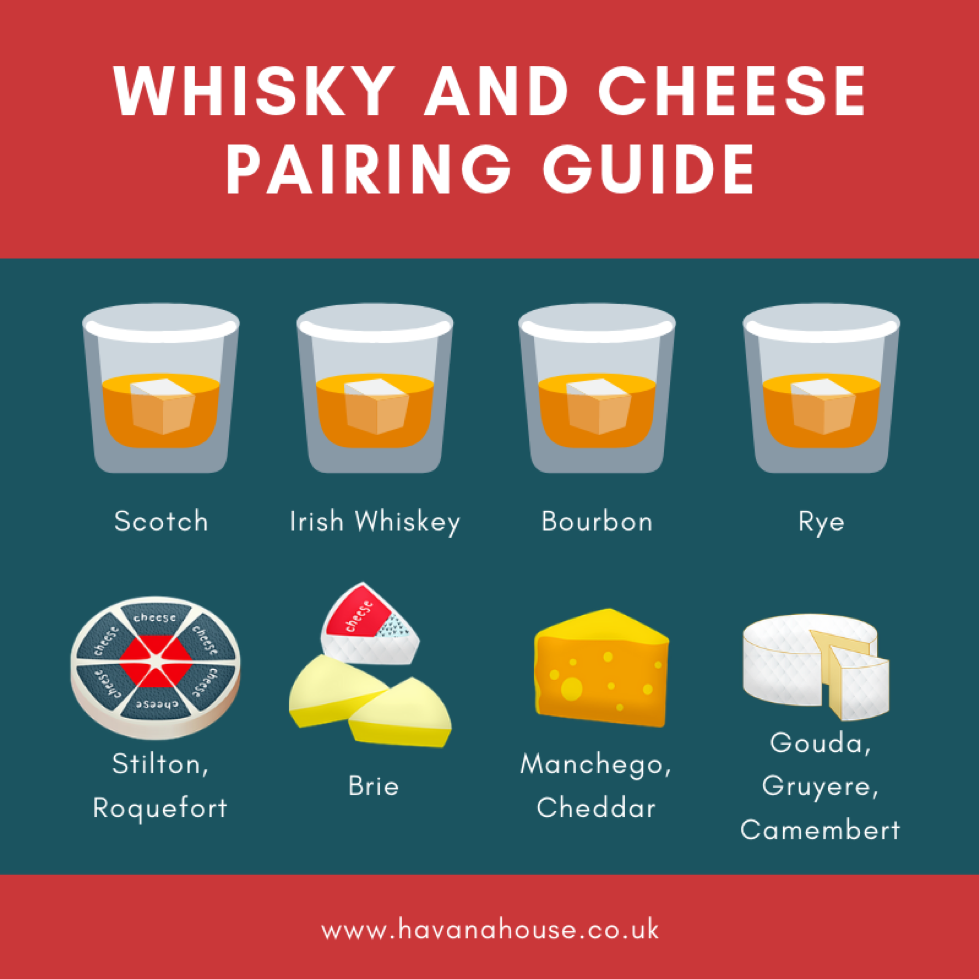
If you’re more into nibbles than cigars, then you can check out our whisky and cheese pairing guide instead!
Once you’ve tried out a variety of whiskies and discovered how you best enjoy your dram, then its time to grow your collection!
If you love the taste of whisky, then growing your whisky collection can show off your passion for the drink and will always mean you have a bottle to hand when you want a particular tasting experience.
But some people take it further than this, crafting serious collections, or even investing in whisky.
If you’re not sure which way is right for you, then you can take a look at our collecting versus investing blog post for more information.
Something that may have gotten you into the prospect of enjoying whisky is the idea of investing in whisky. With auction prices for rare whisky skyrocketing in recent years, whisky is now worth more than gold.
When you buy whisky as an investment, the idea is to leave the bottle unopened and to one day sell it on as a collector’s item for more money. This can be achieved by purchasing limited edition, rare or old bottles of whisky.
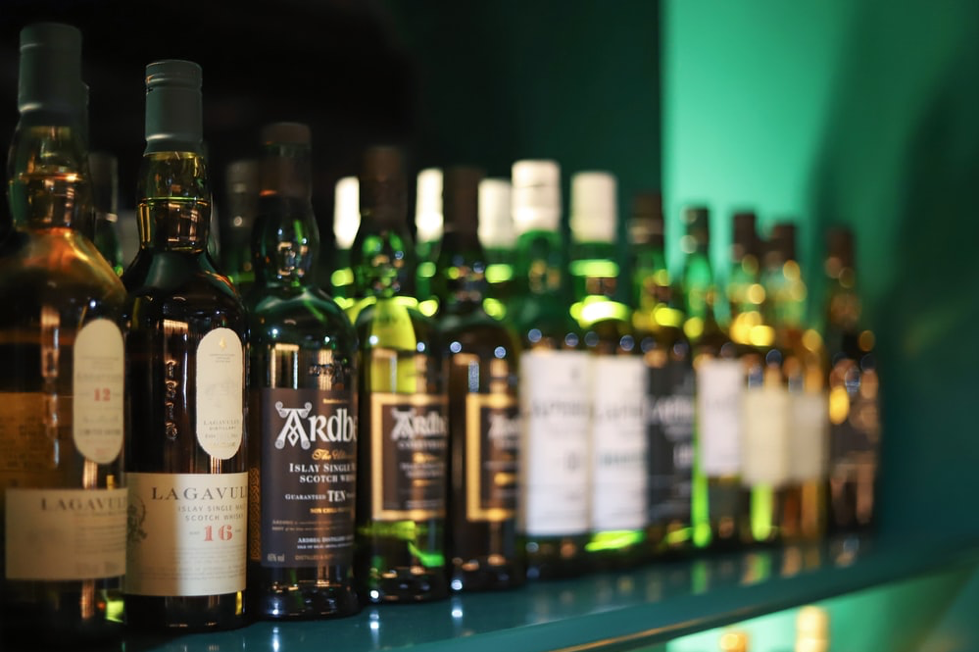
If you’ve found a type of whisky you love, then you could begin to craft a collection around the specific areas you like about the whisky. For example, if you could collect whiskies from the same distillery or the same region as the one you like.
Alternatively, you could base it on a grain type, for example collecting rye whiskies from each country.
However you choose to enjoy your whisky is a personal preference left completely up to you, but hopefully, this guide has provided you with all you need to get started in the world of whisky!
If you’ve enjoyed this guide, please share on social media and help inspire other future whisky lovers!
Last month, the beloved whisky brand Johnnie Walker announced that in 2021, their limited edition whisky release will be sold in a paper bottle, rather than glass in a bid to make packaging more sustainable.
Sustainability has become increasingly more important for both consumers and producers, with many looking for ways to live a more eco-friendly life. This is certainly starting to be reflected in the whisky industry, with several distilleries and whisky makers making changes that should have a positive impact on the planet.
We take a look at some of the ways in which the whisky industry is adapting.
Did you know that producing an average 750ml bottle of whisky will use the same amount of CO2 as driving in a car for seven miles?! And typically, the higher the ABV, the bigger the carbon footprint.
Each part of the whisky-making process puts a strain on the environment – from the impact of farming the grains to the energy needed to produce and package the whisky, as well as having to ship and fly the bottles to consumers around the world.
While many businesses in the food and drink industry are in a similar (or worse) position in terms of environmental impact, there are many ways in which producers can change for the better.
Here are some of the people making a change:
As mentioned, Johnnie Walker is making big steps to become more sustainable with their new paper bottle. The new bottle is the first paper-based, plastic-free spirits bottle in the world. It will be made from sustainably-sourced wood pulp and is designed to be fully recyclable.
While the glass bottles they currently use are recyclable, their production contributes to a bigger carbon footprint than the paper model.
Makers of Johnnie Walker, Diageo have also made steps to improve sustainability in their other brands, including Seagram 7 Crown whiskey, which they have announced will be bottled in recycled plastic bottles in the future.
Belgrove Distillery in Tasmania, Australia is a rye whisky distillery that also makes use of environmentally-friendly methods. The distillery has the world’s first (and only) biodiesel-powered still, which is fuelled by waste oil from a local chippy.
As well as this, owner Peter Bignell grows his own grain and feeds the leftover mash to his sheep. He is even considering using his sheep’s dung instead of peat in future batches!
All water is collected from the on-site dam, and the wastewater is used on the crops or recycled.
Mackmyra Swedish Distillery has managed to create and run an eco-friendly distillery. They have made use of gravity to allow everything to fall naturally from one stage of the process to the next, rather than using power to move things along.
In addition, all of the heat used in the production of the whisky is used to heat the production premises too, so that no unnecessary energy is wasted. They use bio-pellets to heat the water used in the distillation of the whisky, and the wastewater is recycled for each batch.
Adnams, a brewery and distillery in Suffolk, runs entirely off renewable energy sources. This includes using solar panels and creating biogas from local food waste, which they use to power both the brewery and the lorries they use for transporting their products.
Adnams send zero waste to landfill and have halved their water usage by collecting rainwater. For their efforts, the distillery has won a number of awards, including the 2019 Footprint Award.
The Scotch Whisky Association is a group of over 100 malt and grain distilleries based in Scotland. The Association previously signed an Industry Environmental Strategy agreement, which aims to reduce the amount of water and packaging used, as well as commit to using at least 20% renewable energy.
One of the ways to achieve using renewable energy in Scotch whisky-making is to adopt the use of ‘draff’. Draff is a byproduct of making whisky; the spent grain left over after distilling. The draff is used as a source of fuel in place of fossil fuels.
What do you think about these changes to the whisky industry? Why not share this post on social media to spread the word on the need for sustainability in our favourite distilleries!
We all love a good cocktail in the summer. The combination of cooling ice, refreshing fizz and fresh fruitiness is the perfect mixture for a day when the sun is out and shining!
While whiskey probably isn’t the first alcohol that would come to mind when we mention refreshing summer sips, we love a good American whiskey and want it to feature in our glass all year round.
On its own, whiskey is a perfect winter sipper, helping you to warm up from within on a cold evening. However, in the summer months, the addition of a few extra ingredients can help to transform whiskey into a deliciously refreshing sip!
By adding in some fruity notes or a bit of fizz, you can bring new flavour potential to your dram, drawing out previously hidden tasting notes and creating new and complex aromas in your glass.

A refreshing sip for summer, the flavours of your bourbon will work wonderfully with the orange hints in this drink.
You will need:
35 ml bourbon
15 ml orange Curacao liqueur
Ginger ale to top off
Orange wedges to garnish
Ice
Method:
Love a beer in the summer? How about using beer as a mixer for this whiskey cocktail!
You will need:
50ml bourbon
90ml IPA
21ml grapefruit juice
7ml lemon juice
7ml simple syrup
Grapefruit peel
Fresh marjoram
Method:
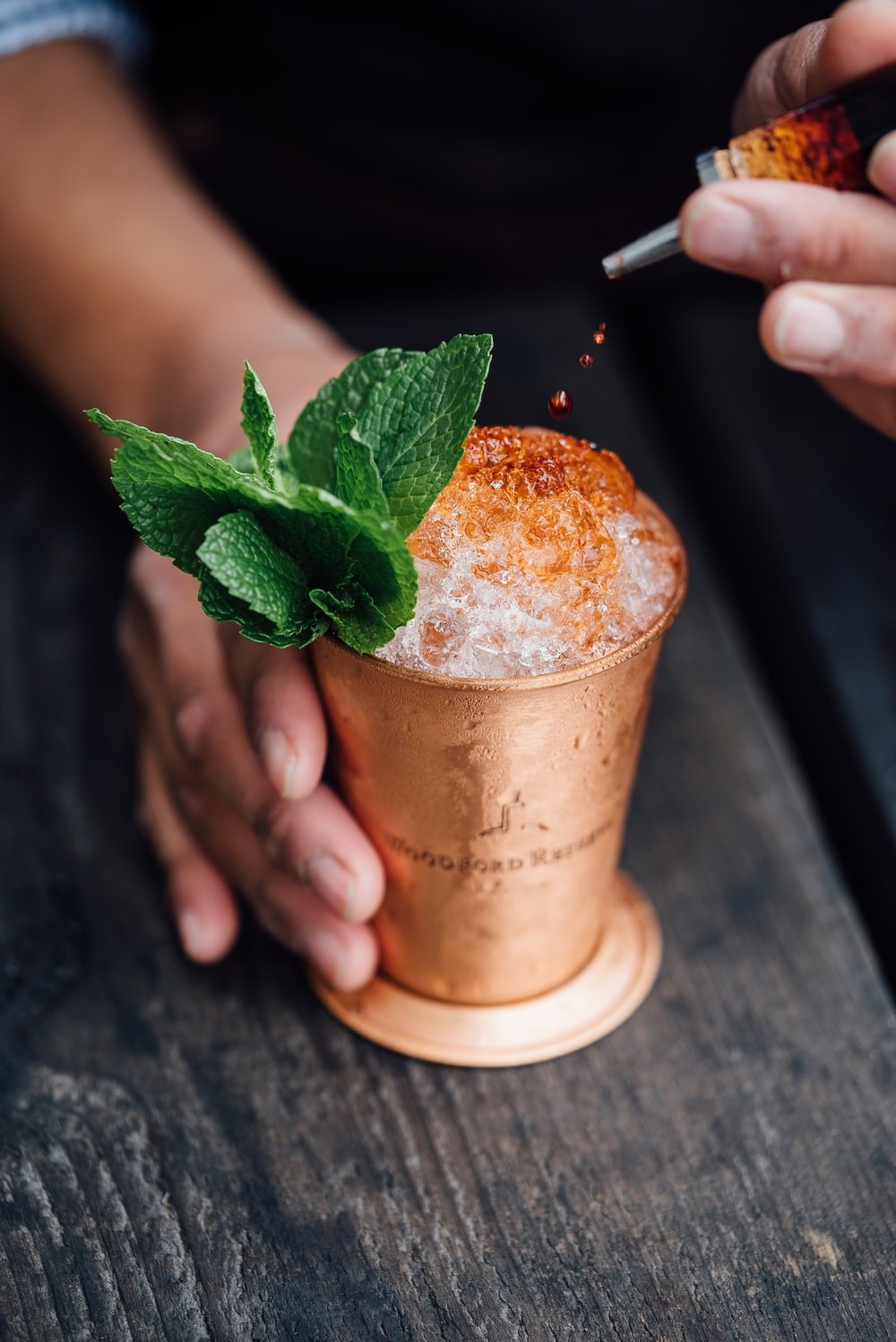
An absolute classic, the mint julep is a summer cocktail staple for any whiskey lover. First created in the 18th-century, the mint julep has stood the test of time and remains a favourite today!
You will need:
55ml bourbon
15ml simple syrup
Splash bitters
8 mint leaves, plus a mint sprig to garnish
Crushed ice
Method:

Coffee and whiskey is a classic combo, but to make the drink more summery, we’re opting for cold brew!
You will need:
100ml cold brew coffee
30ml bourbon
30ml double cream
15ml maple syrup
Ice
Method:
Which of these cocktails would you most like to try this summer? If you’d like to try some at-home mixology, then check out our guide to stocking a home bar or our tips on how to make better cocktails at home!
Whether it’s a lifelong goal to have a home bar or you want to keep avoiding bars and pubs when they reopen, having your own liquor cabinet or bar at home can offer untold opportunities for cocktails, parties and practising your best bartender impressions.
But when starting out, it can be tricky to work out what you should get to stock up your cabinet or bar. If you’re considering installing a bar at home, then you’ve probably got a hefty stash of booze to start with. However, making cocktails often requires a diverse range of ingredients, so knowing which to prioritise can be tricky.

To start with, it is a good idea to get your hands on key alcohol types. These will act as the base of most of your cocktails, so having one each of these bottles will be the best starting point:
However, we know alcohol isn’t the cheapest, and to buy a bottle of each of these would be well over £100. Ultimately, if you know you don’t like gin, for example, and would never make a cocktail with it, then just don’t buy that type!

While we’re big advocates for top-shelf products, ultimately the amount you spend on each of these is really up to you! Consider what kind of cocktails you want to make and how much the alcohol flavour will be present.
For example, if you want to mix your cocktails with cola, then you can probably get away with a cheaper bottle of vodka, as the sugariness and flavour of the mixer will help to improve the overall taste. However, if you were making a Cosmopolitan, where the vodka taste is key and is less masked by other ingredients, you’ll probably want to splash out for a smoother sip.
While it can be tempting to just buy 12 different bottles of Scotch whisky so that your home bar looks impressive, well-stocked and you can create the absolute perfectly flavour-matched beverage, the reality is that you’ll quickly become overwhelmed.
Start off small and perfect a handful of cocktail recipes. Once you’re more confident with crafting drinks, then you can slowly start to incorporate a wider range of alcohols into your collection.

Many cocktails, like an Old Fashioned or Manhattan, will include bitters. Having a bottle of Angostura or orange bitters to hand will be essential for many cocktail recipes. You’ll also likely want a bottle of dry vermouth as well.
If you’re after something lighter for summer, then you may also want to grab a bottle of Aperol or Campari to make spritzers.
Remember that it’s not all on the alcohol – most cocktails will need some sort of mixer too. A mixer will typically make up the bulk of your drink, so it pays to invest in quality options.
You’ll want things like soda water, cola and ginger ale to get you started.

It’s the little details that really make a cocktail, and when it comes to ice and citrus, these details are absolutely crucial. Ice helps to keep a cocktail cool, so be sure to always have some ready and waiting in the freezer.
Likewise, many cocktails will require a twist of lemon, orange or lime – whether you use the fresh juice or a twirl of peel. Make sure to add some of these citrus fruits to your shopping list whenever you plan on making some cocktails.
Before you get started on your mixology journey, check out our top tips for making cocktails at home! You can also find some of our favourite cocktail recipes that pair wonderfully with cigars.
While you can find a quality sip in whisky of any age, there is certainly something appealing about the thought of being able to sample an old or rare whisky.
Aside from the novelty and excitement of trying something rare, there are valid taste reasons for wanting to try an older bottle of whisky. Over the years, the way whisky has been produced has changed slightly, and these changes have had an impact on the taste.
While there haven’t been many wild changes, some differences can be detected due to new procedures. For example, sherry casks are made differently now to how they were during the 1980s, due to new regulations, and this has had an effect on the taste of whisky that is matured in sherry casks. Therefore, whisky from before the 1980s will taste significantly different to that which we drink now.

For many whisky collectors, aged and rare whisky is the be-all and end-all; but getting your hands on a bottle that fits into this category is a challenge. For one, rare whisky is, as the name suggests, rare to find. They may have been limited edition runs with only a few bottles released or were released so long ago that only a handful of bottles remain in the world.
The other problem with wanting to try aged or rare whisky is the price. Due to the rarity and demand for these whiskies, the price tags for such bottles are usually sky-high, with some selling for hundreds of thousands of pounds at auction!
Luckily, there are some ways around this, so we take a look at some of the ways you can try unique whiskies for yourself!
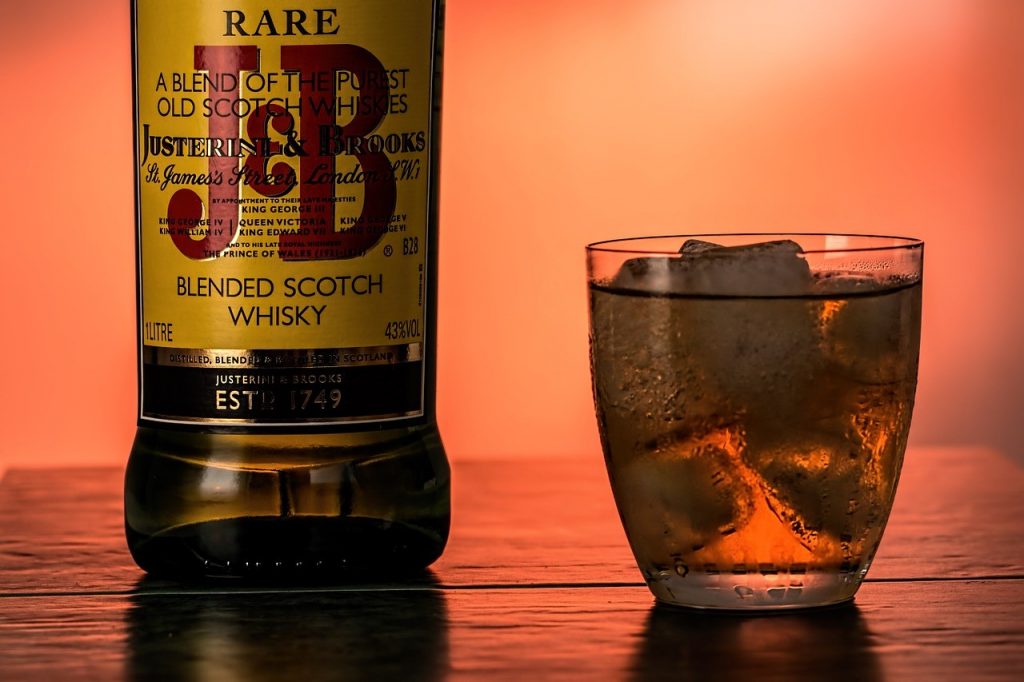
Whisky blends are generally cheaper than single malts, so if your issue with finding old whisky is the price, then an older blend may be the way to go to get you started!
Old blends are great to try as someone interested in older whiskies, as the way whisky is blended has changed a great deal over the years, and you may be surprised by the difference in taste.
This is largely down to different ratios of grain types being used. In the past, it wouldn’t be uncommon to find a whisky made from 50% malt and 50% grain, which is a far higher malt content than we would typically see nowadays.
Older whiskies would have also used different types of yeast to what we use now. As well as this, the distillation techniques and fermentation times have also been changed.

A whole bottle of whisky can be pricey at the best of times, but some old and rare bottles are wildly unaffordable for many. But if your heart is set on trying out one of these whiskies, then a great way around this is to visit a special whisky bar.
Bars that specialise in whisky will have a vast range of bottles available, with some potentially offering a rare or old bottle. Rather than buying a whole bottle, you may be able to pay for a serving of the whisky, allowing you to sample it.
Here you can discover which types you like the taste of and whether it is worth you investing in a full bottle!
There are many great whisky bars around the country, some of which we have explored in our whisky bars in the UK series.
There are lots of people who love whisky, and as such, there are many shows and conventions which celebrate this beloved beverage. Like with whisky bars, you may be able to sample some older whiskies.
Whisky conventions will often be cheaper than enjoying whisky by the glass in a bar, but it will depend on what they have on offer.
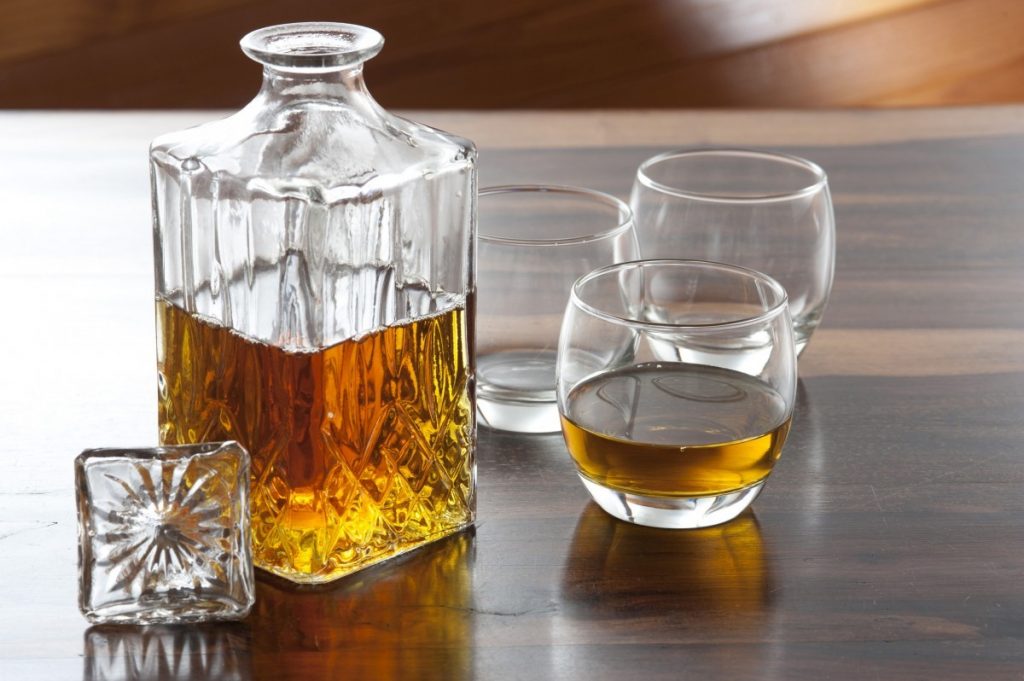
What better way to enjoy whisky than with friends?! Whether you join a pre-existing whisky club in your local area or form your own with friends, a group of whisky lovers can help split the cost of more expensive bottles, while allowing you all a taste.
Sharing the experience with like-minded whisky lovers is sure to enhance your enjoyment of the whisky, and you may be introduced to whiskies you hadn’t considered trying before.
Old and rare bottles of whisky regularly hit the online auctions and whisky sale sites. You’ll have to be savvy with your searching, but there are certainly some great deals available out there.
Here at Havana House, we offer a range of rare whisky online that is updated as and when we get our hands on special bottles! Check here and other online retailers or auctions for unique whiskies to try.
Do you have any tips for trying old or rare whisky? If so, leave a comment below with your suggestion!